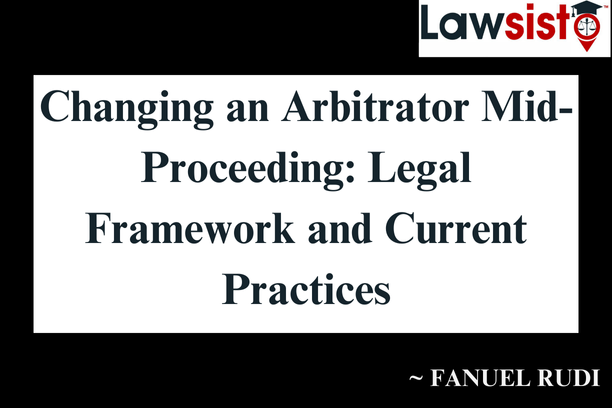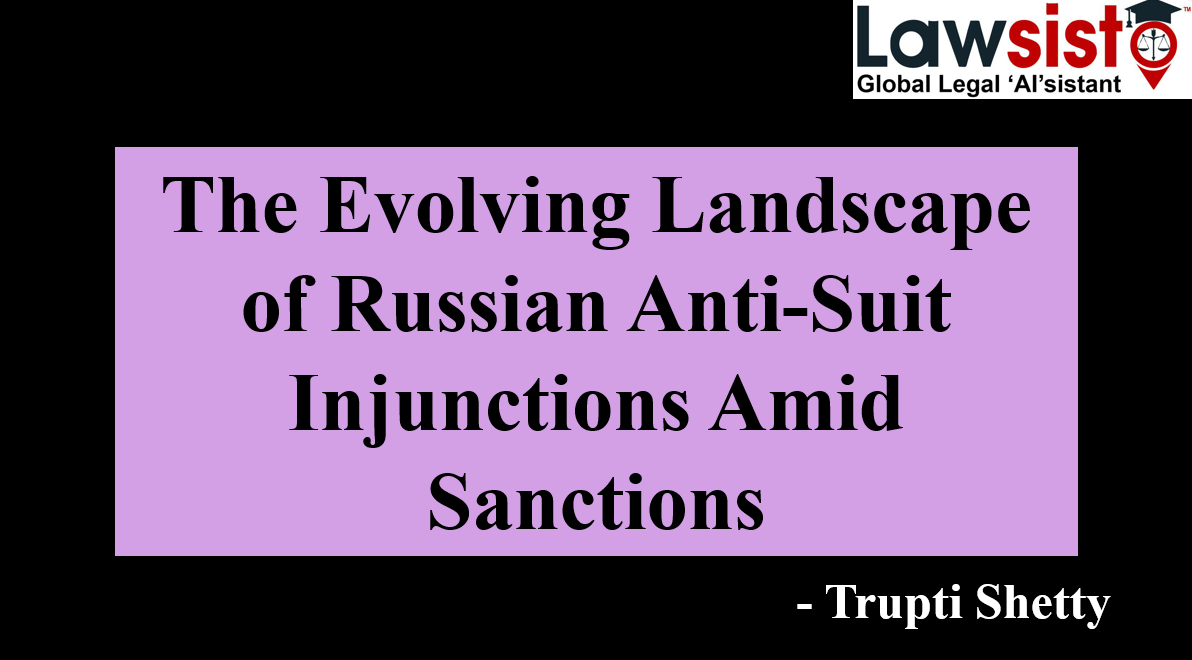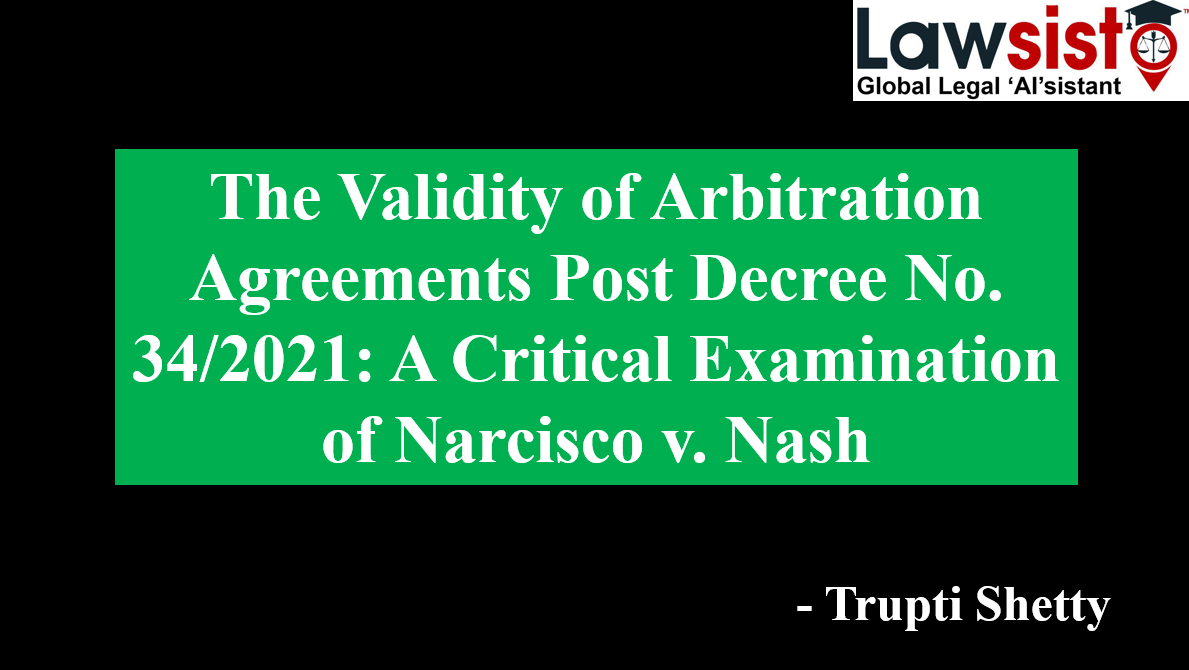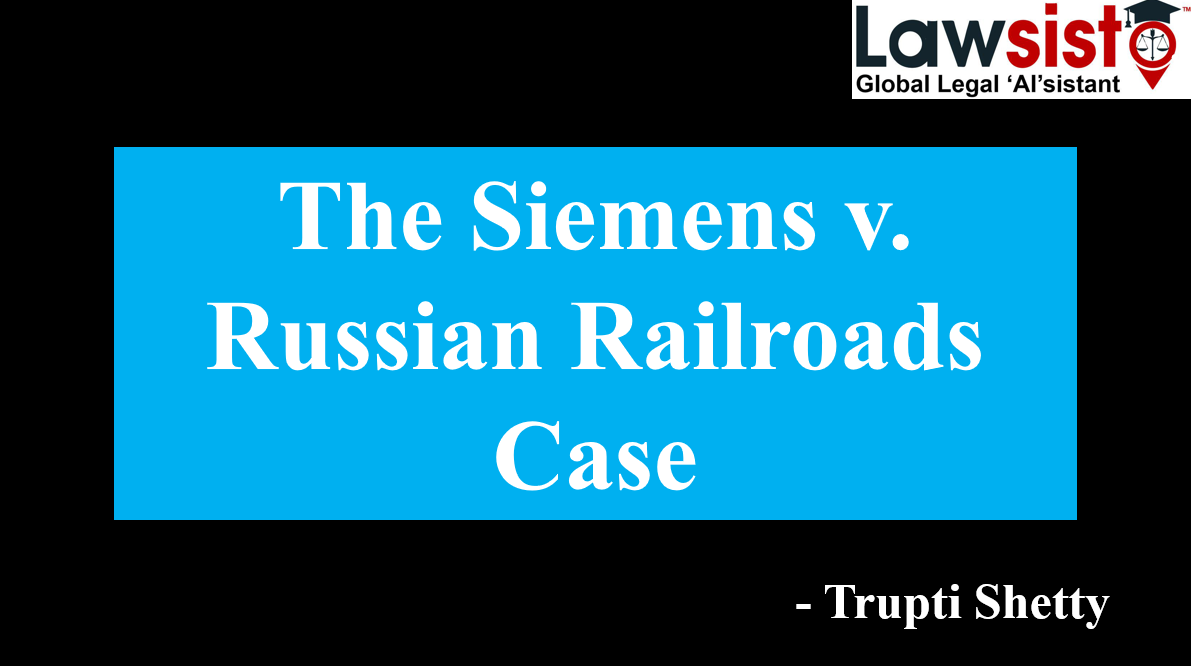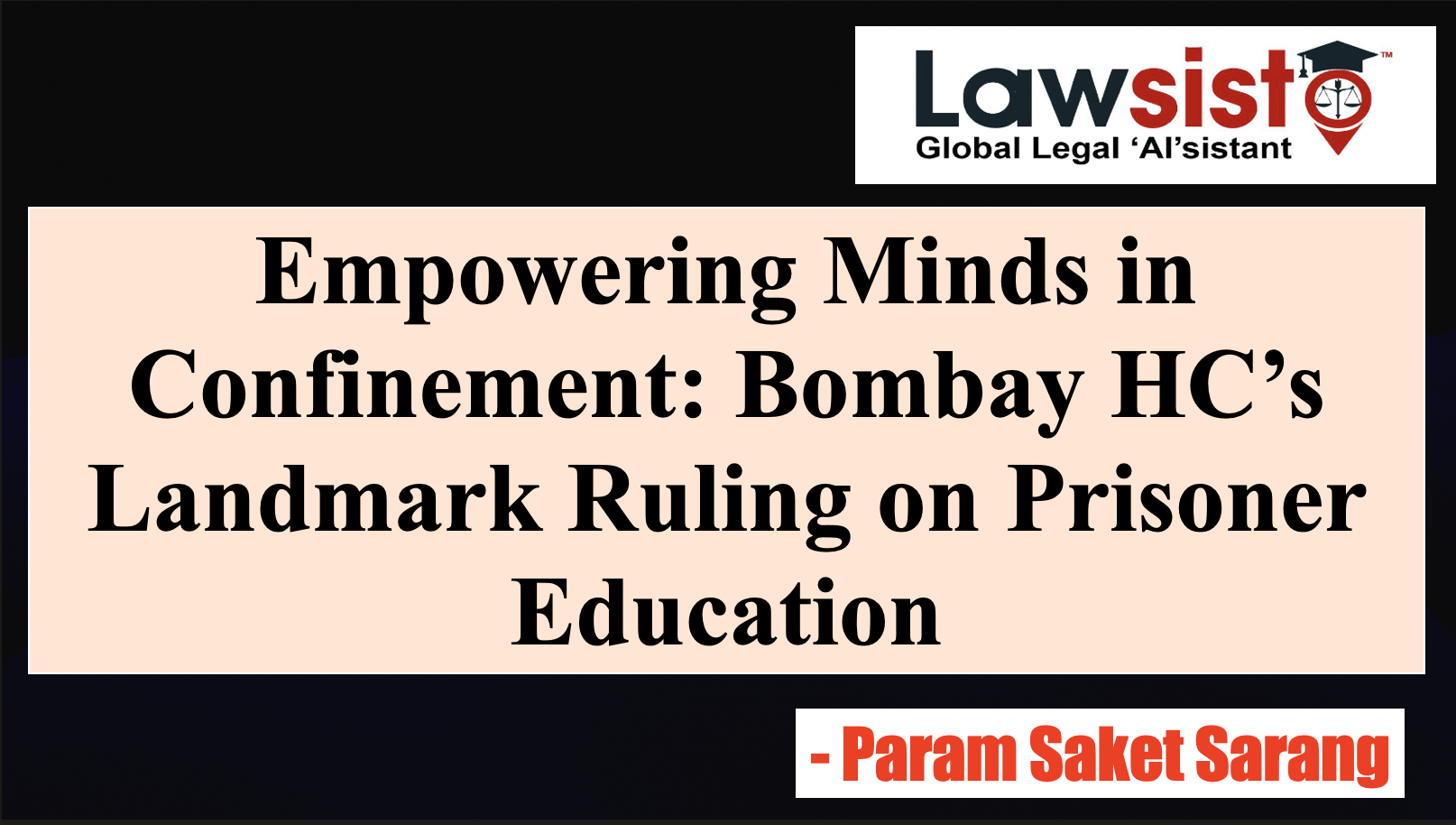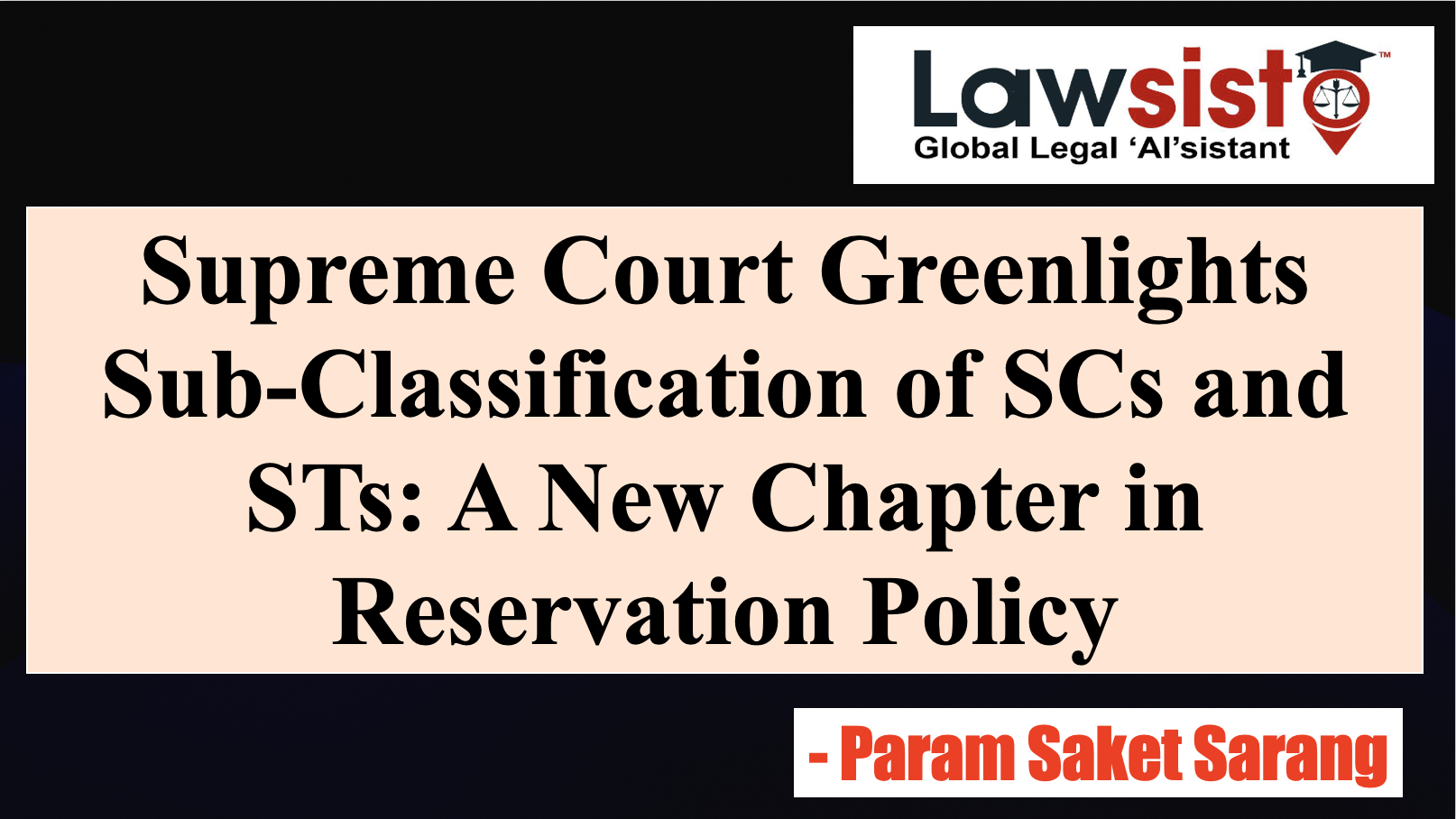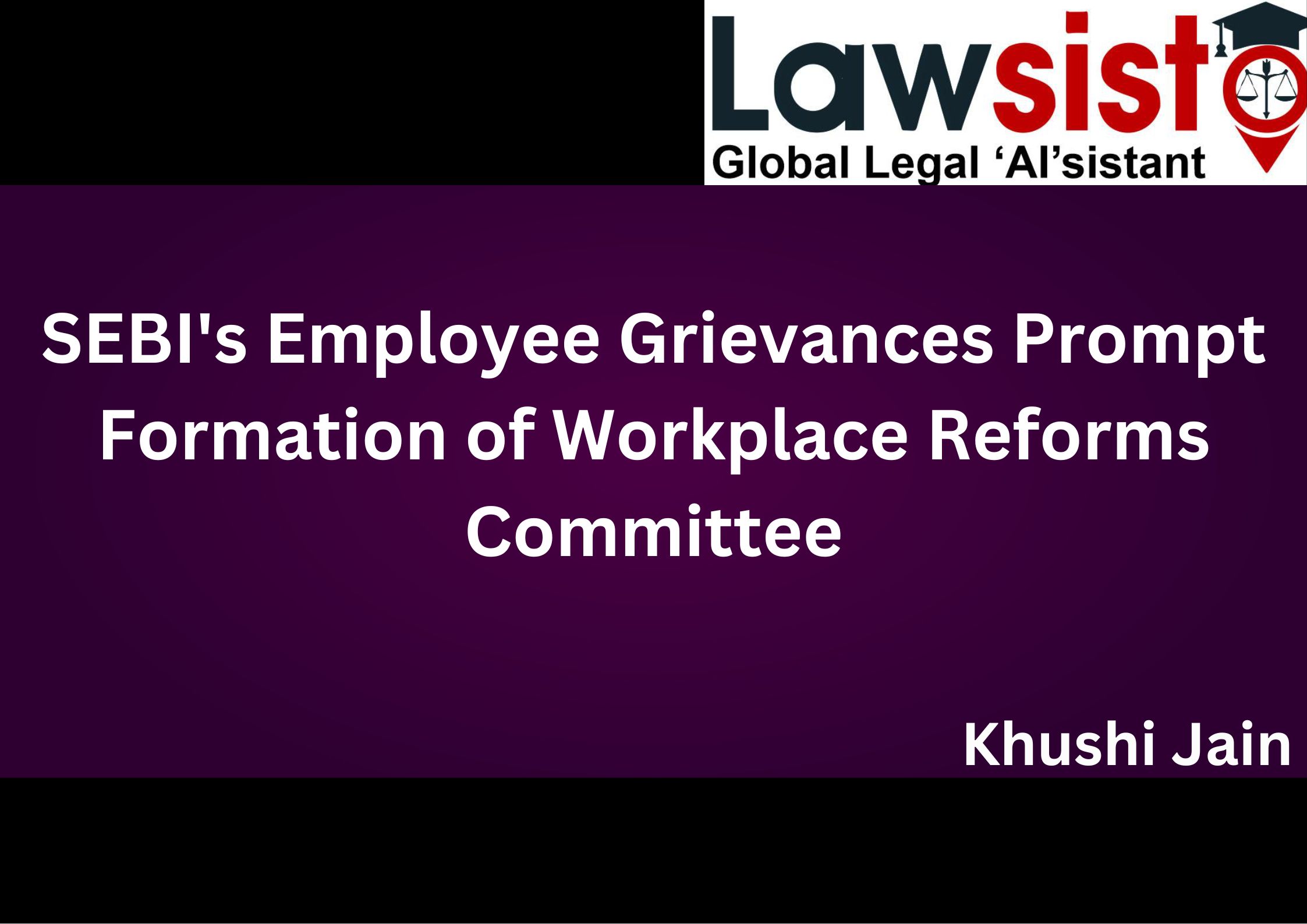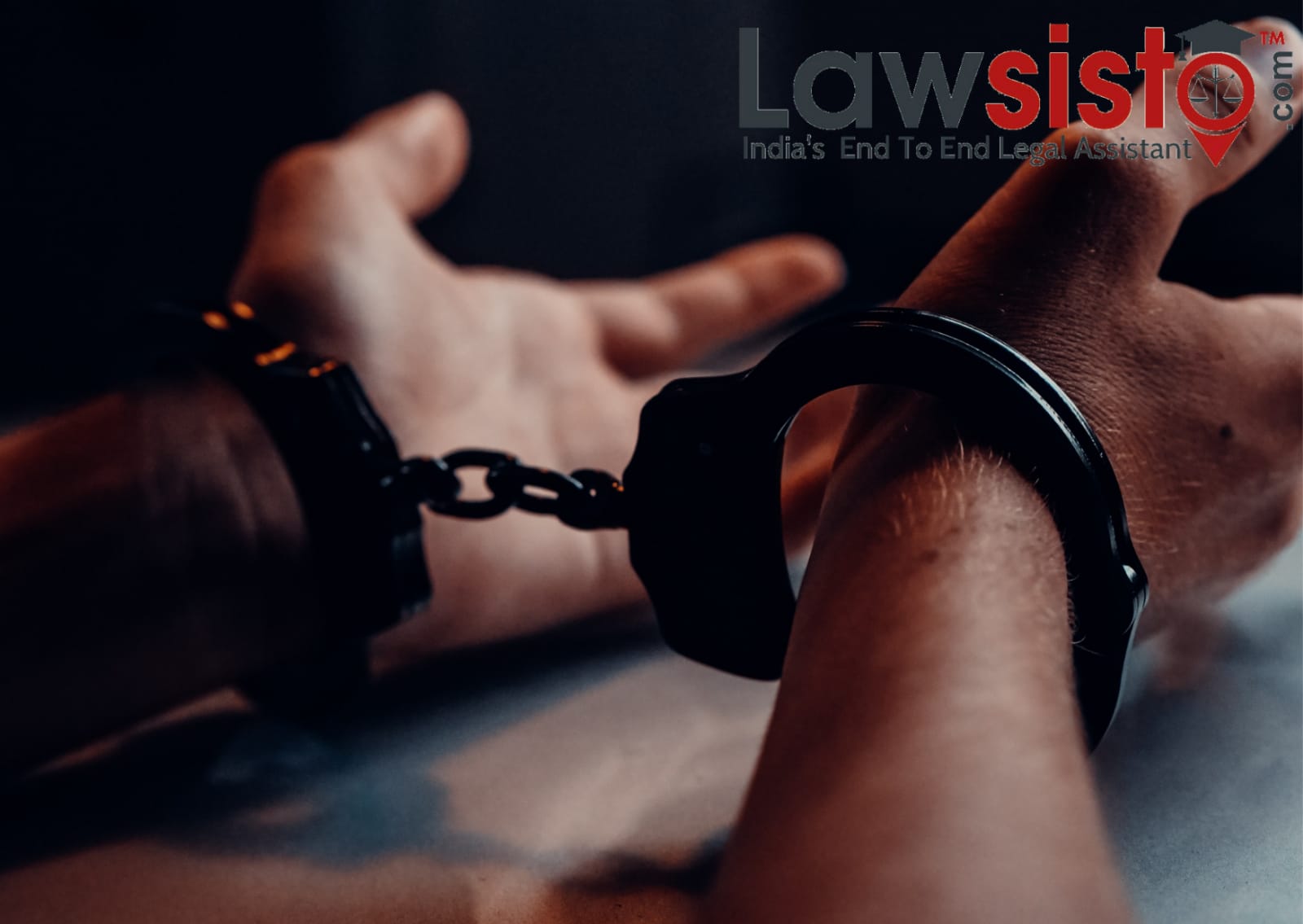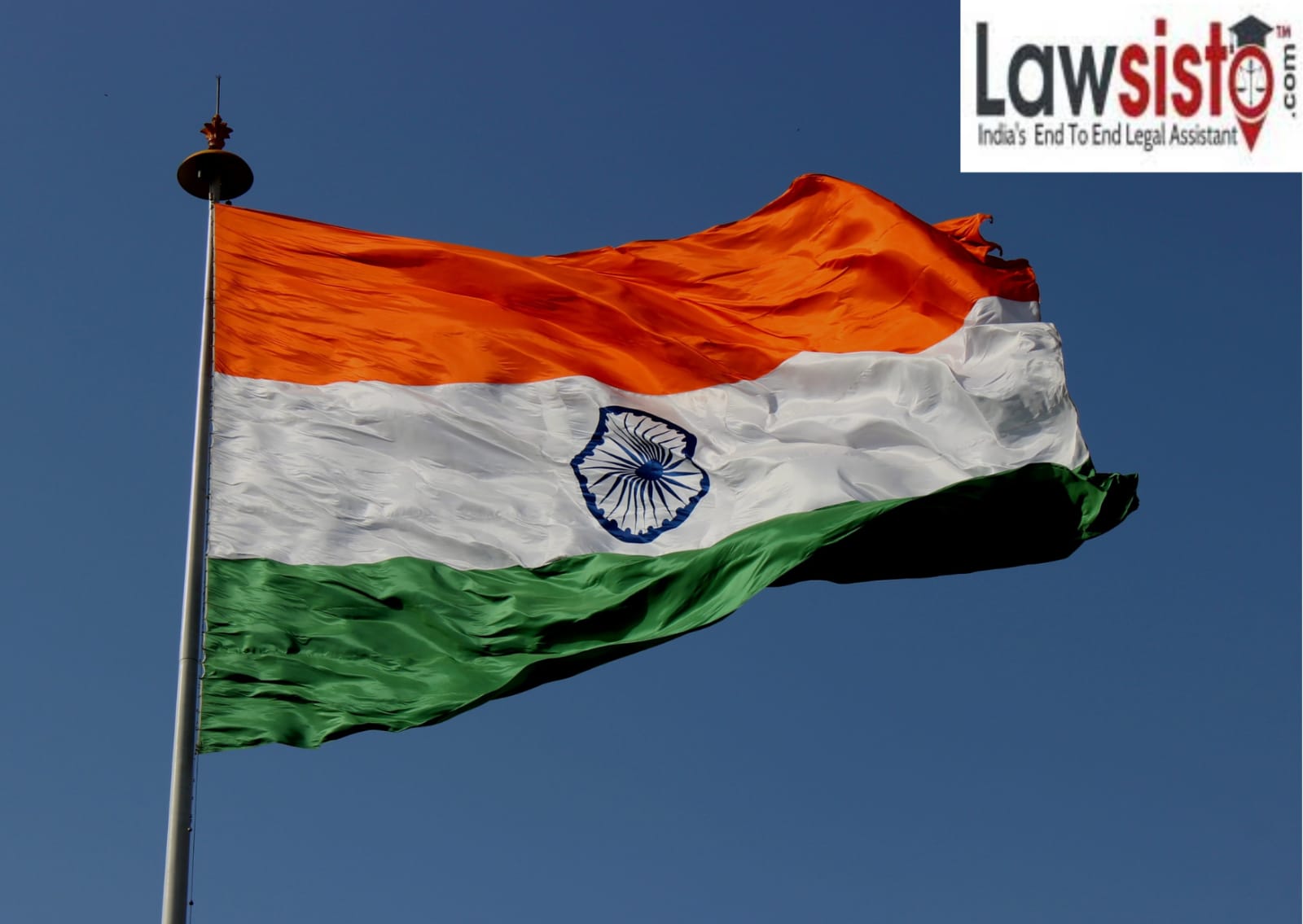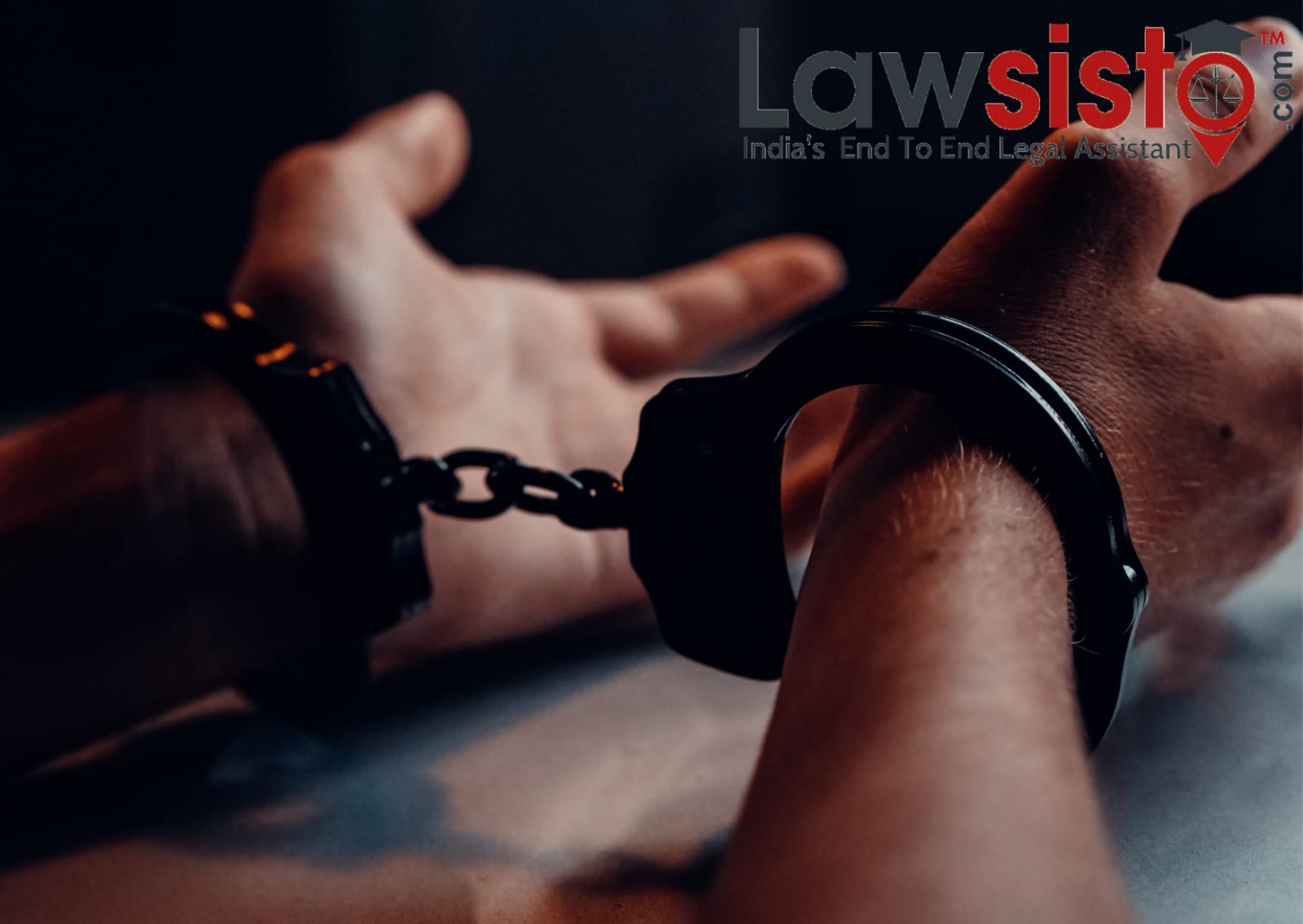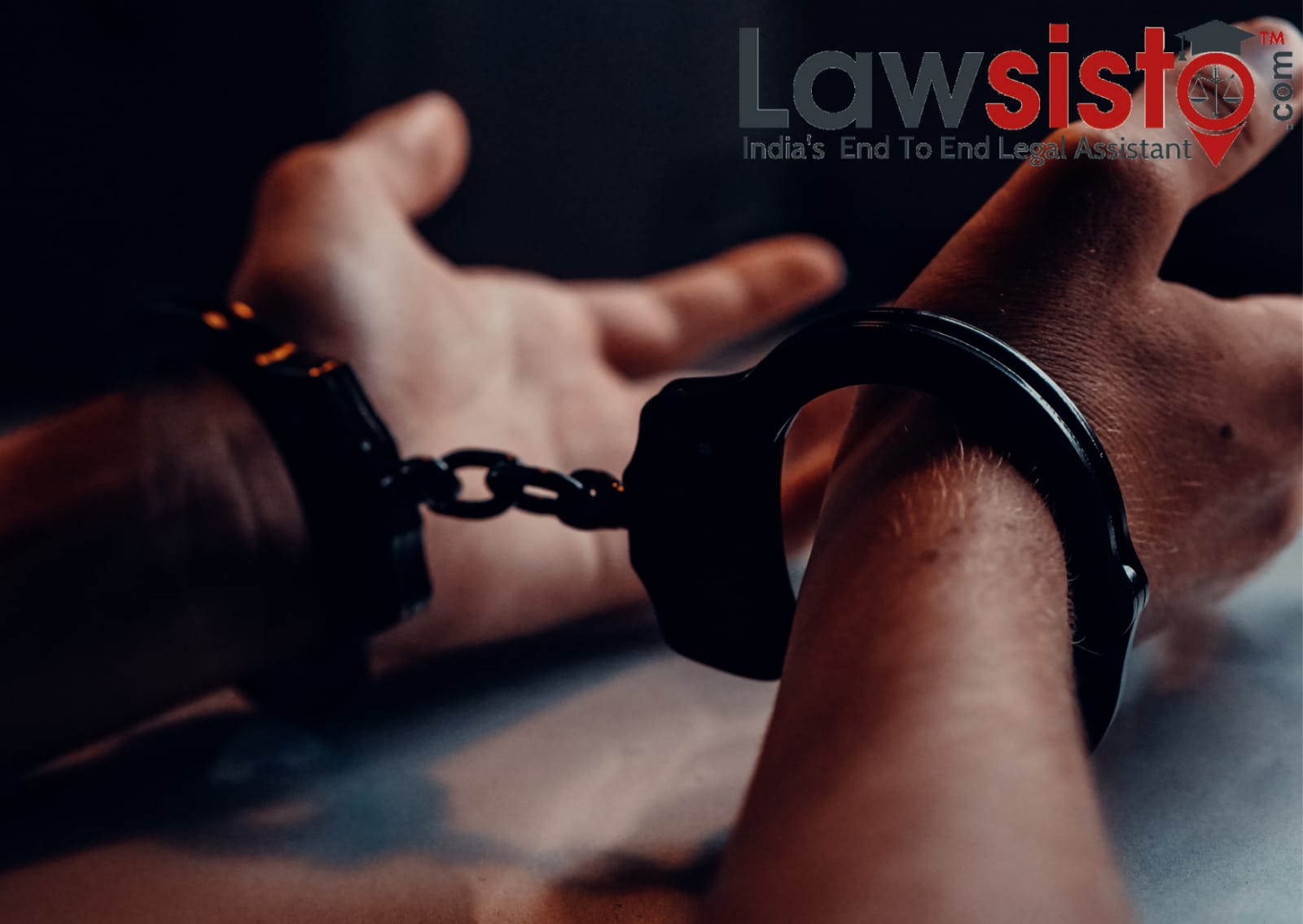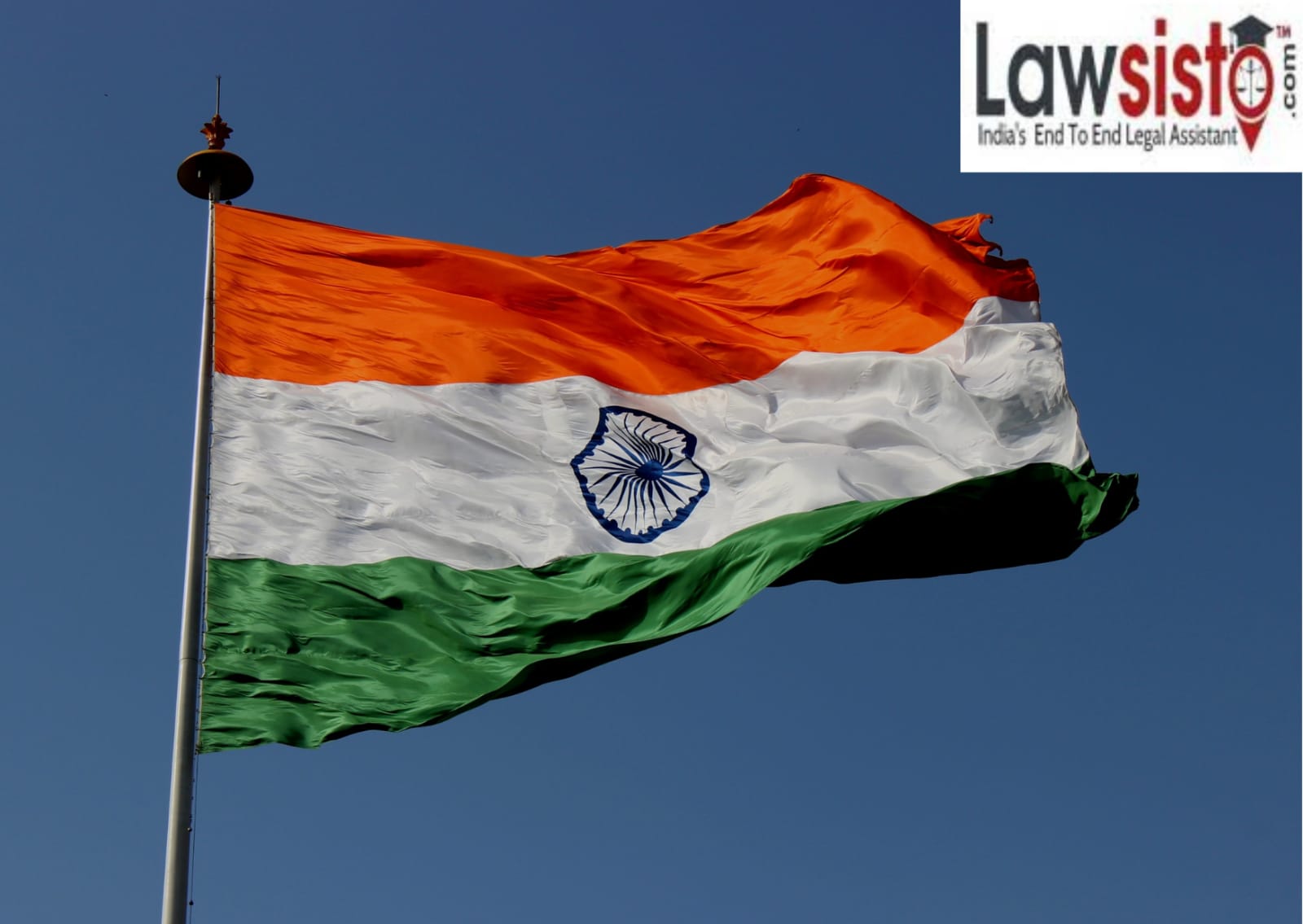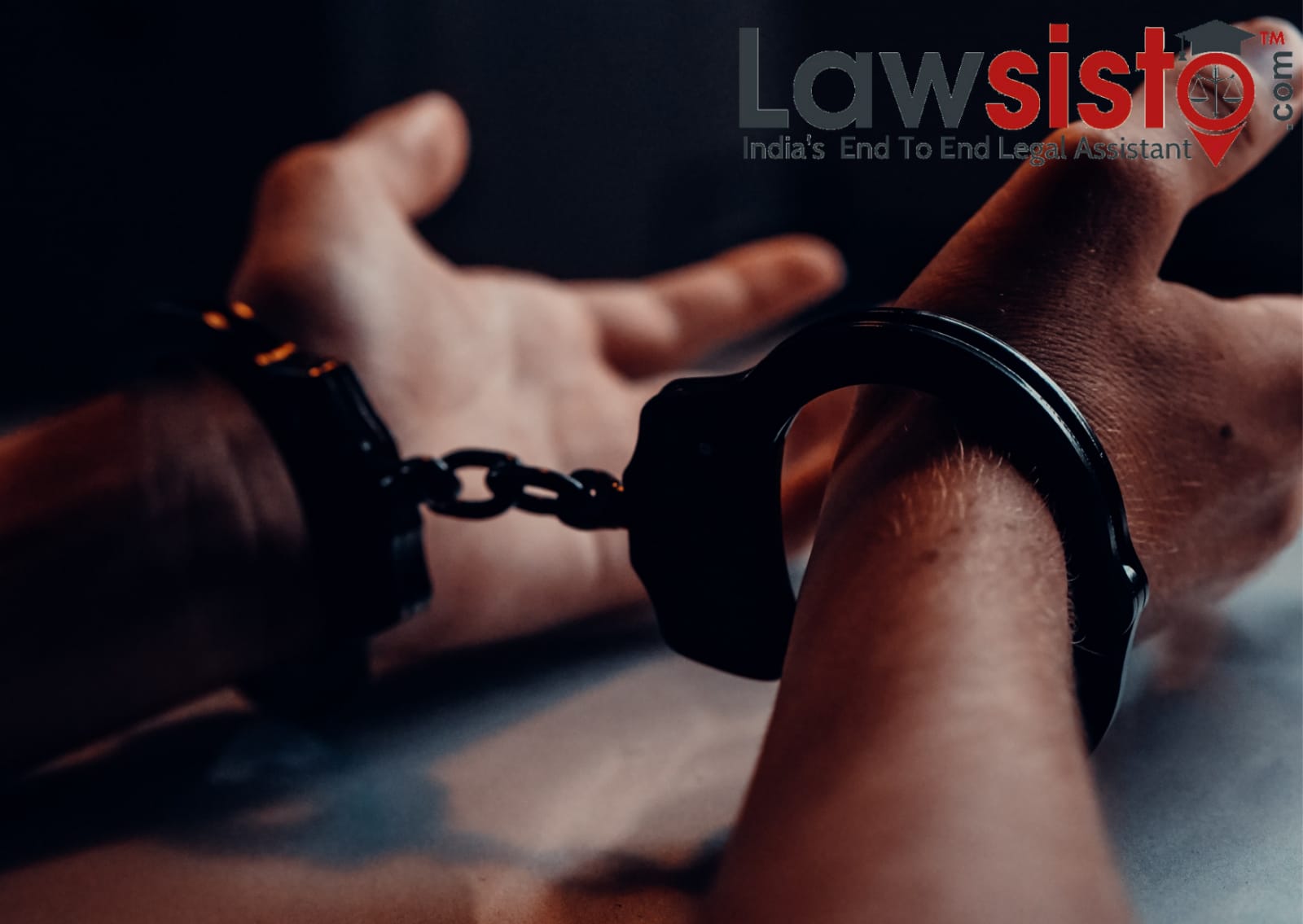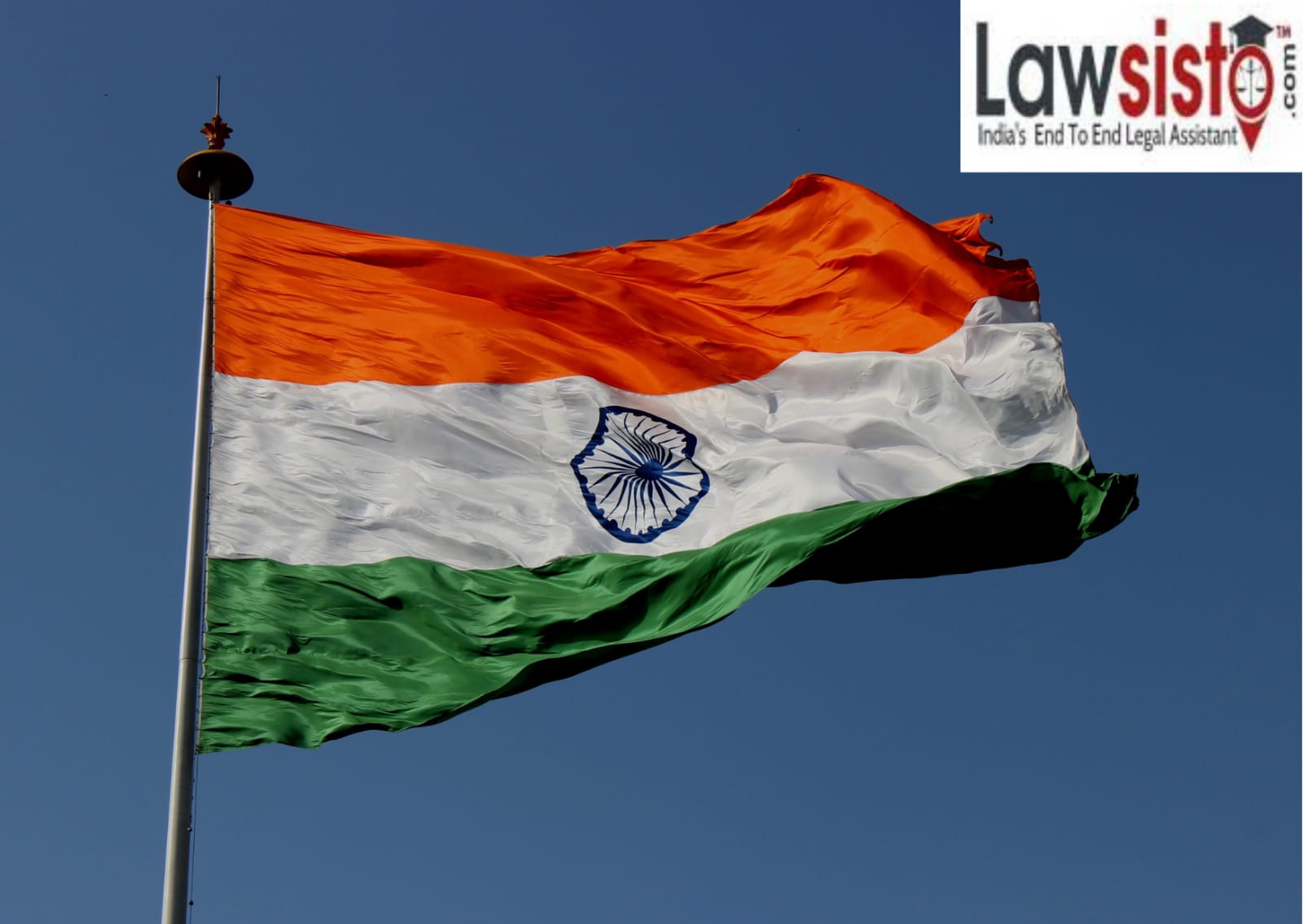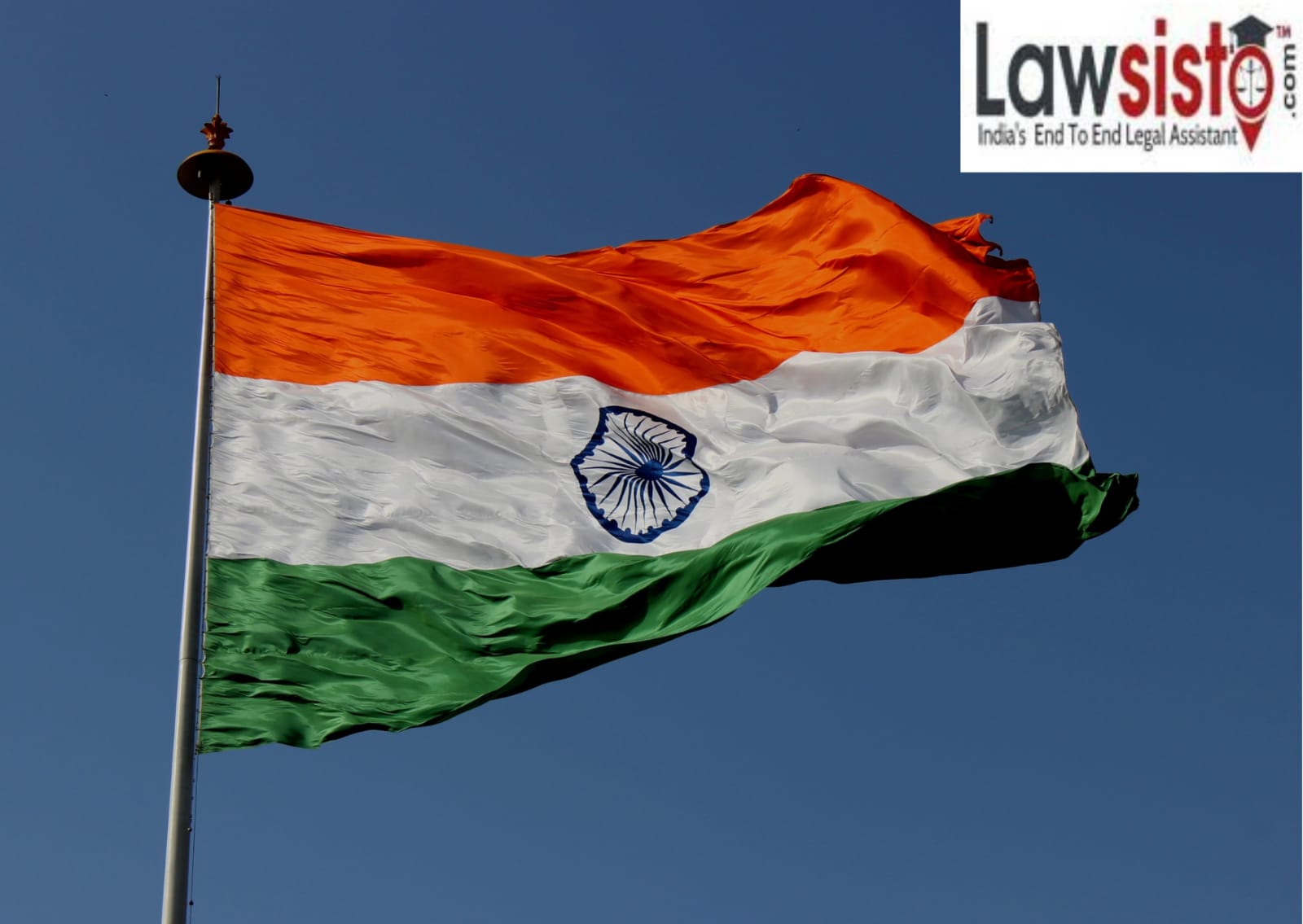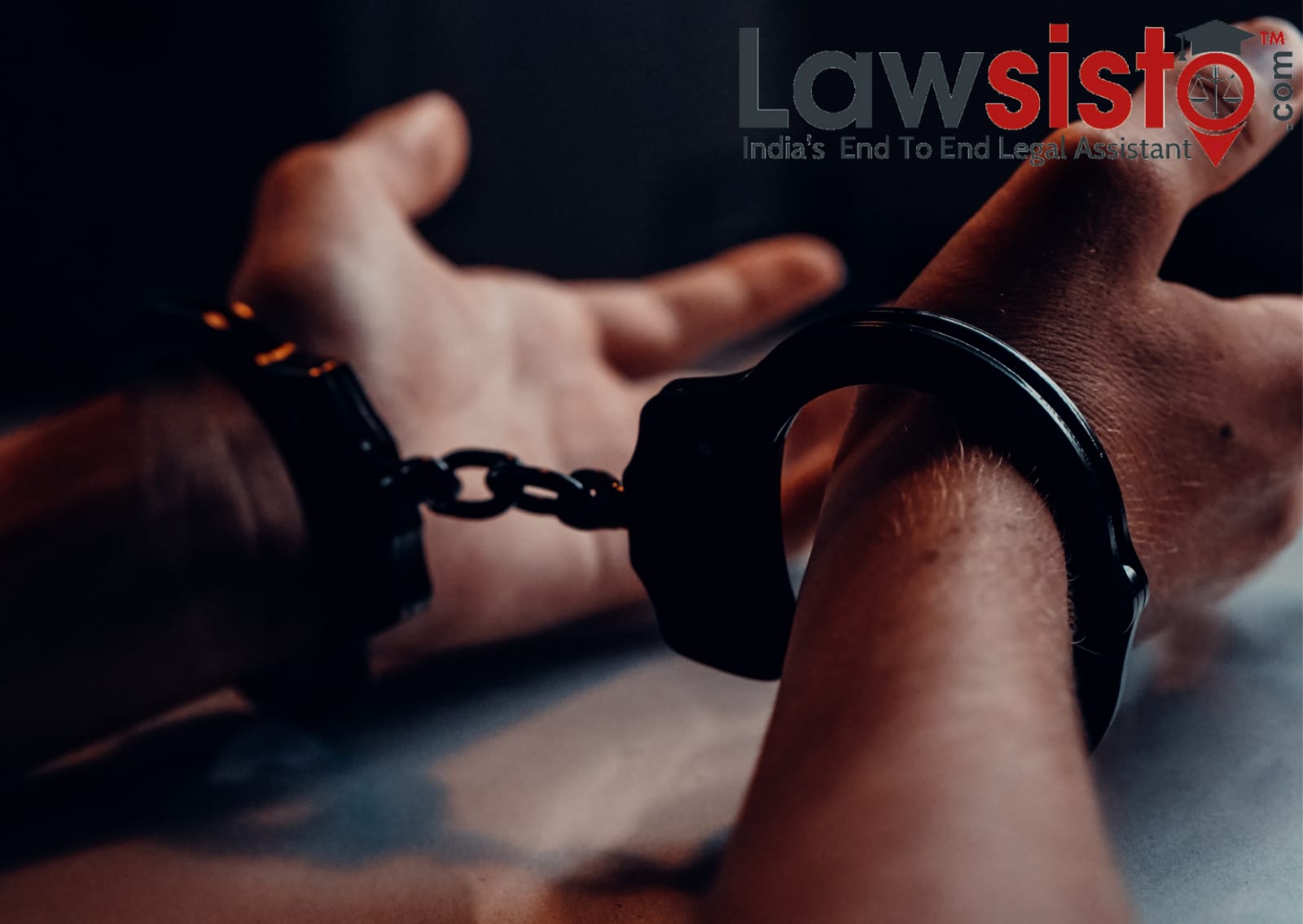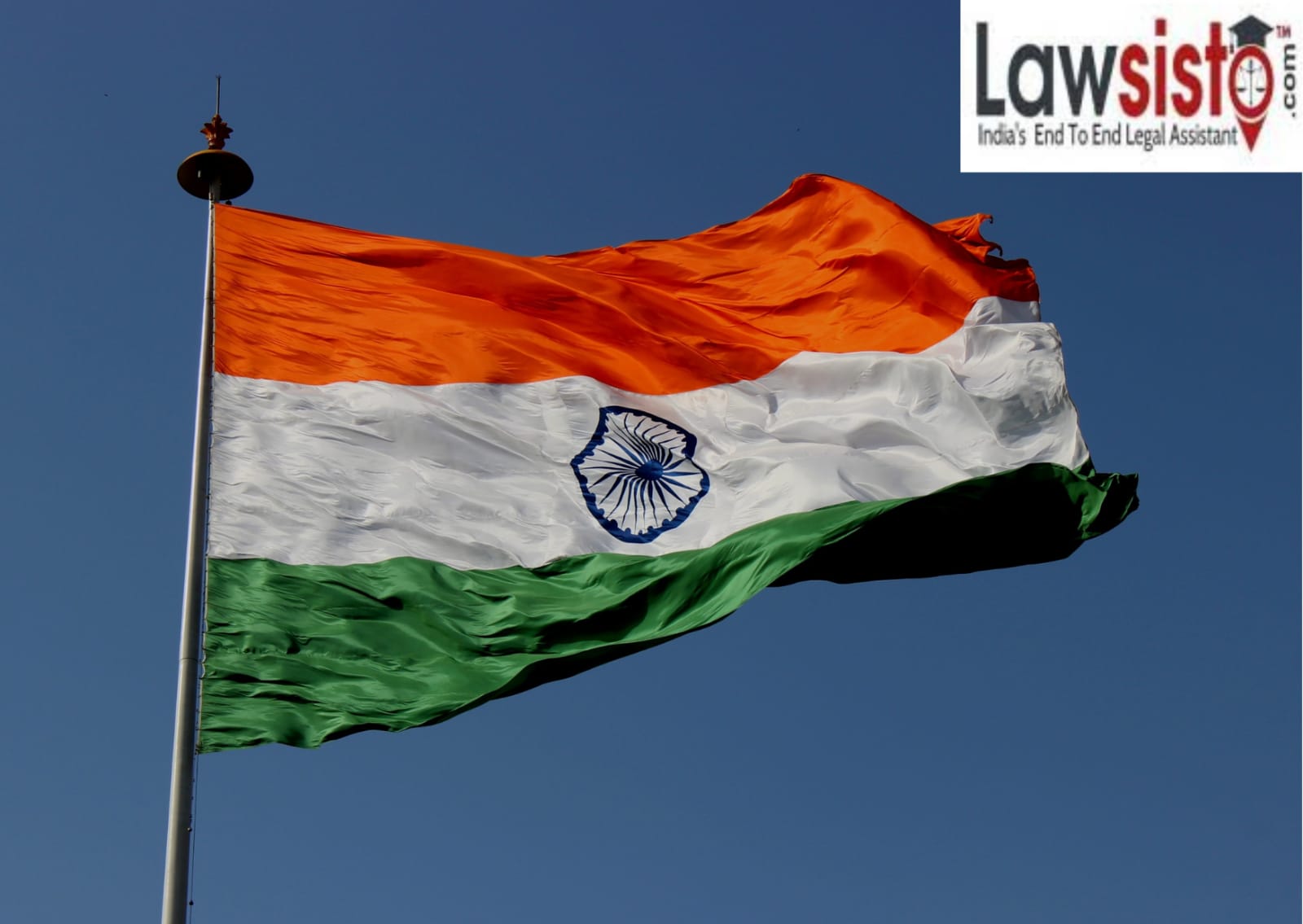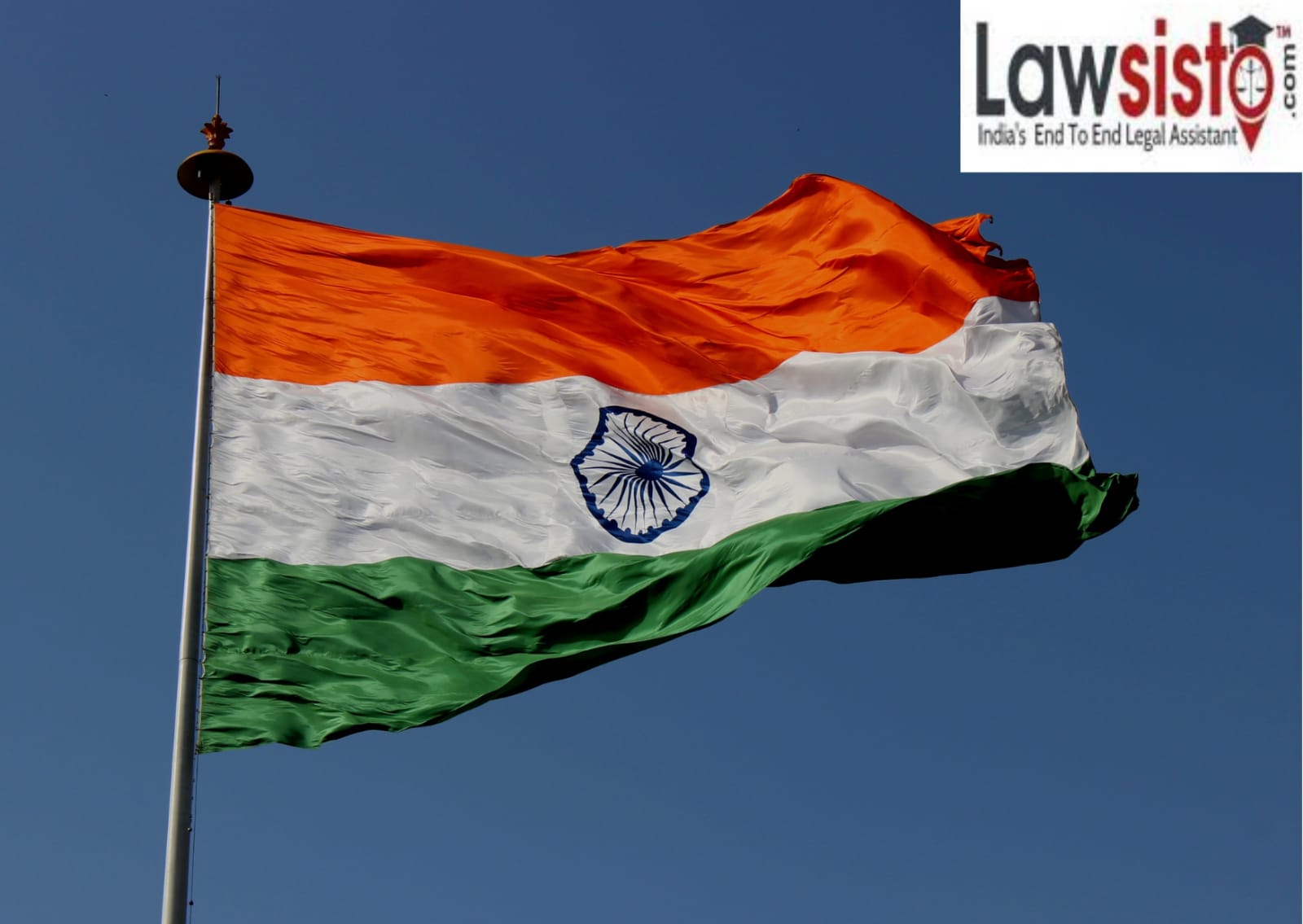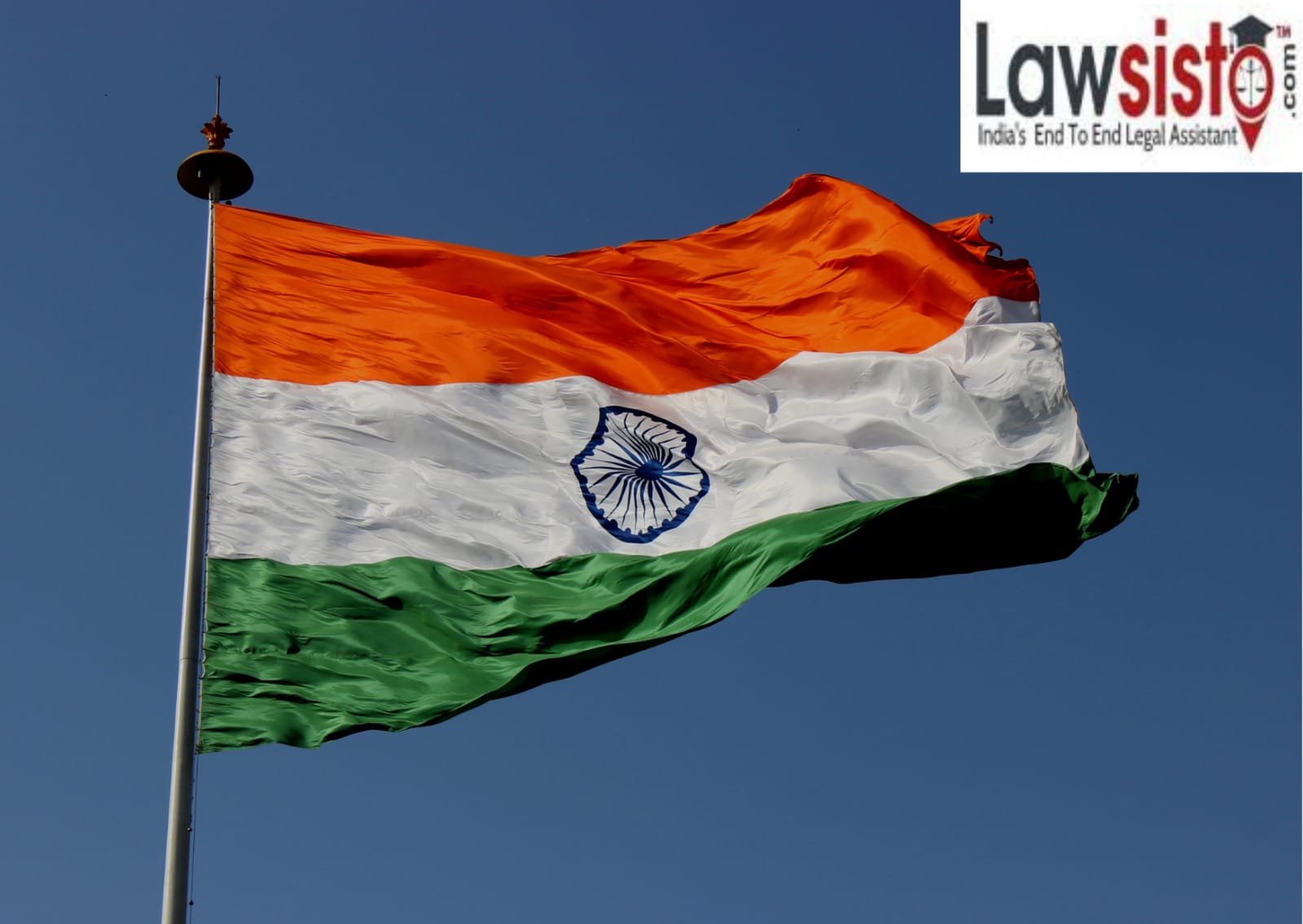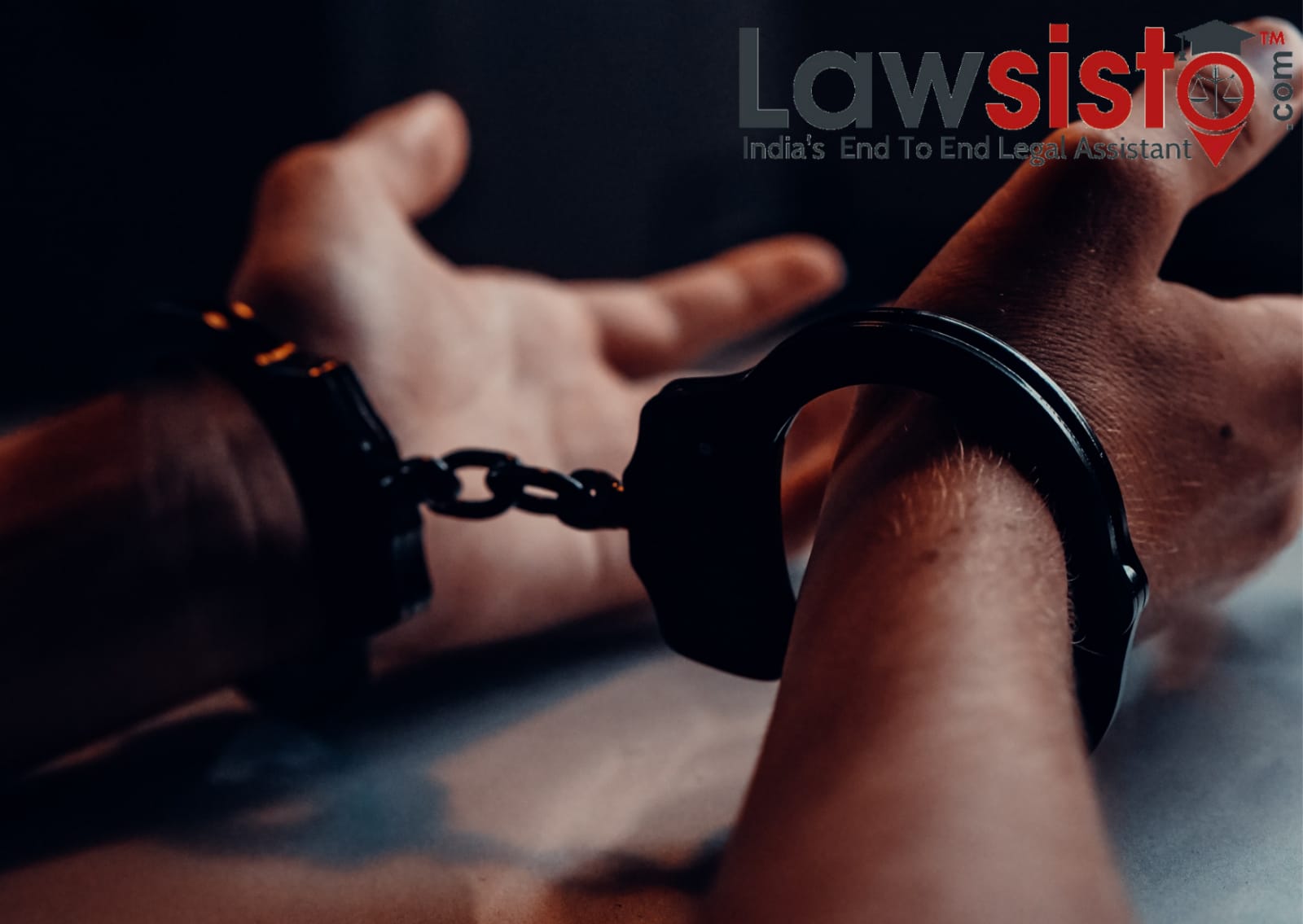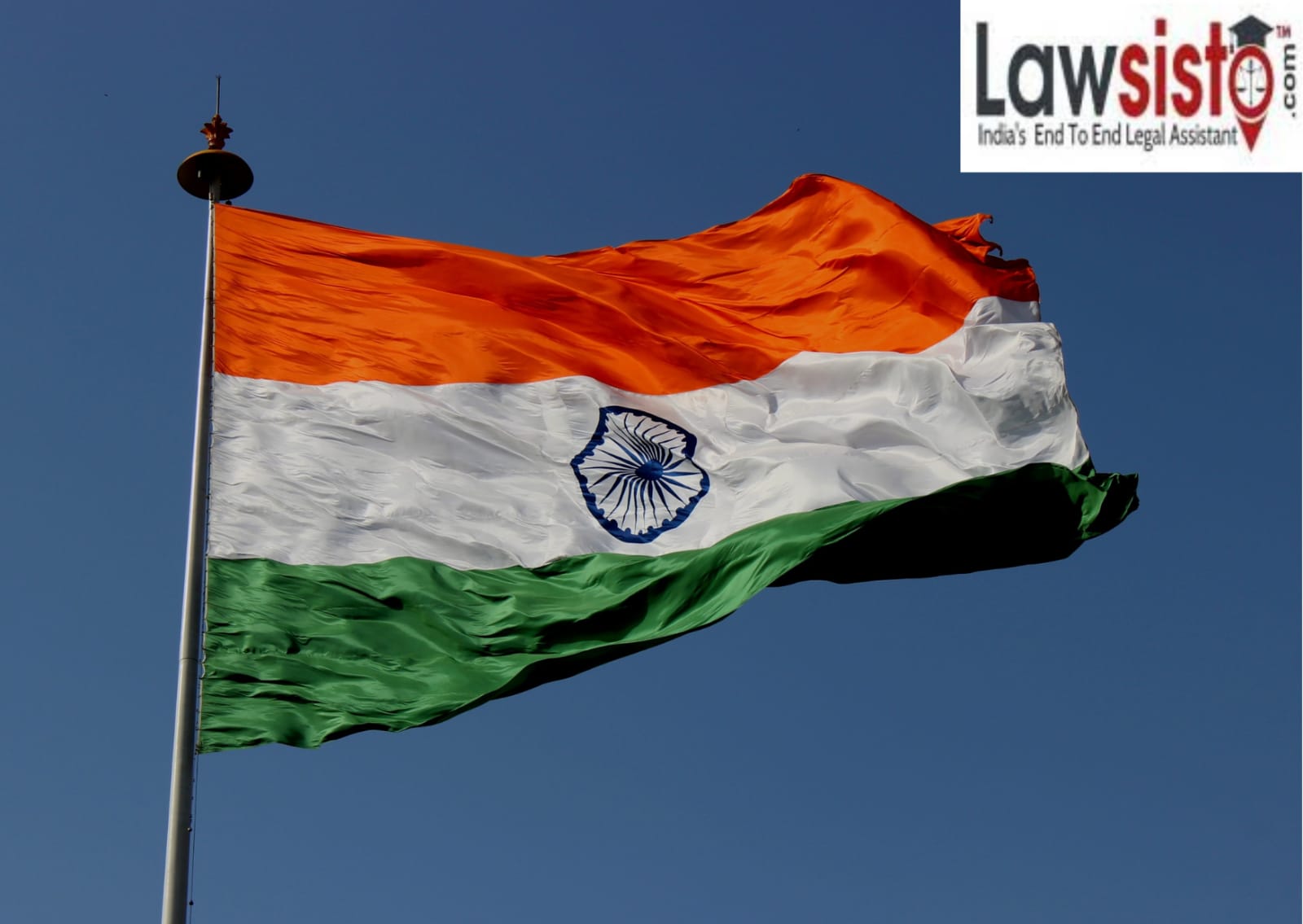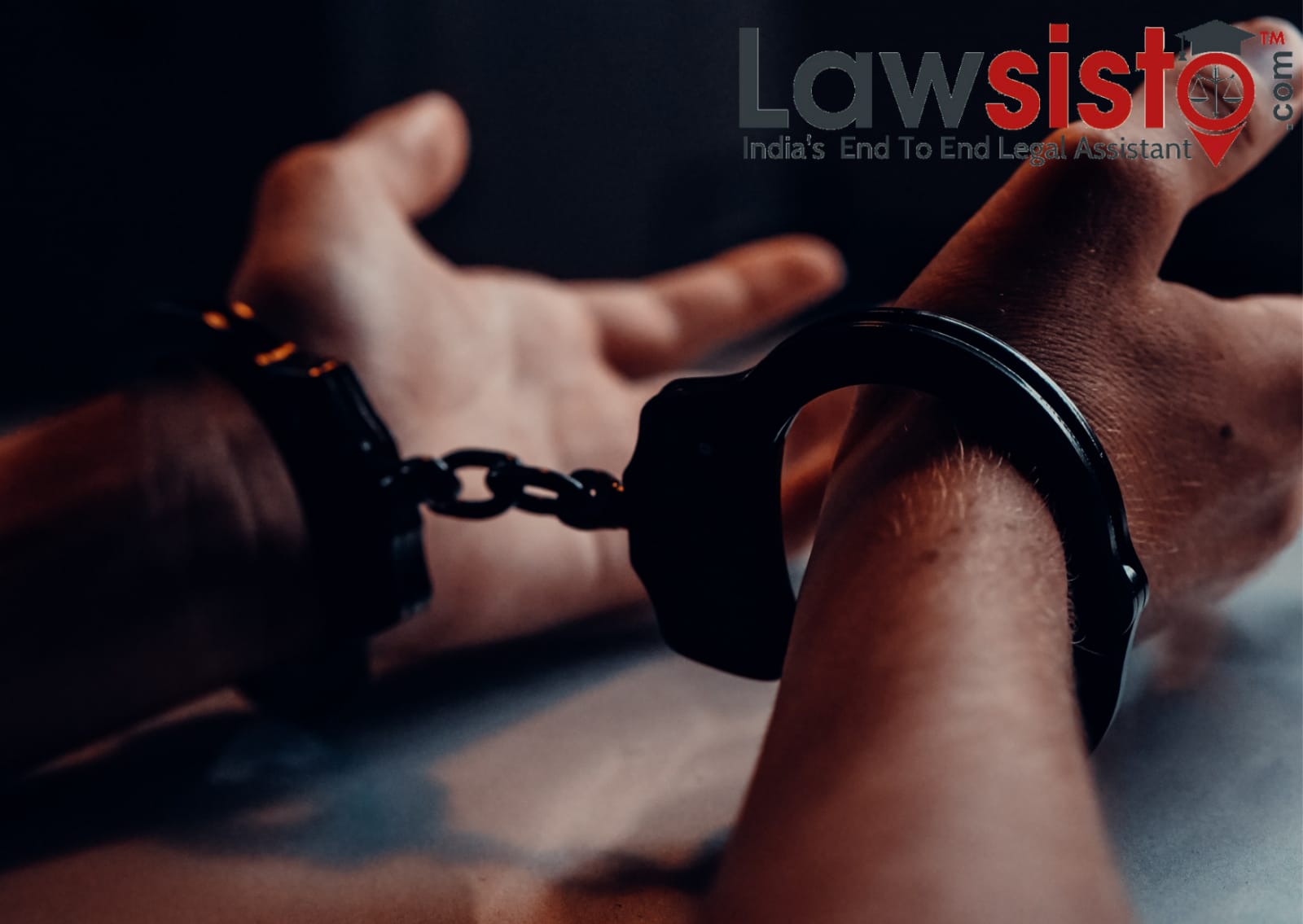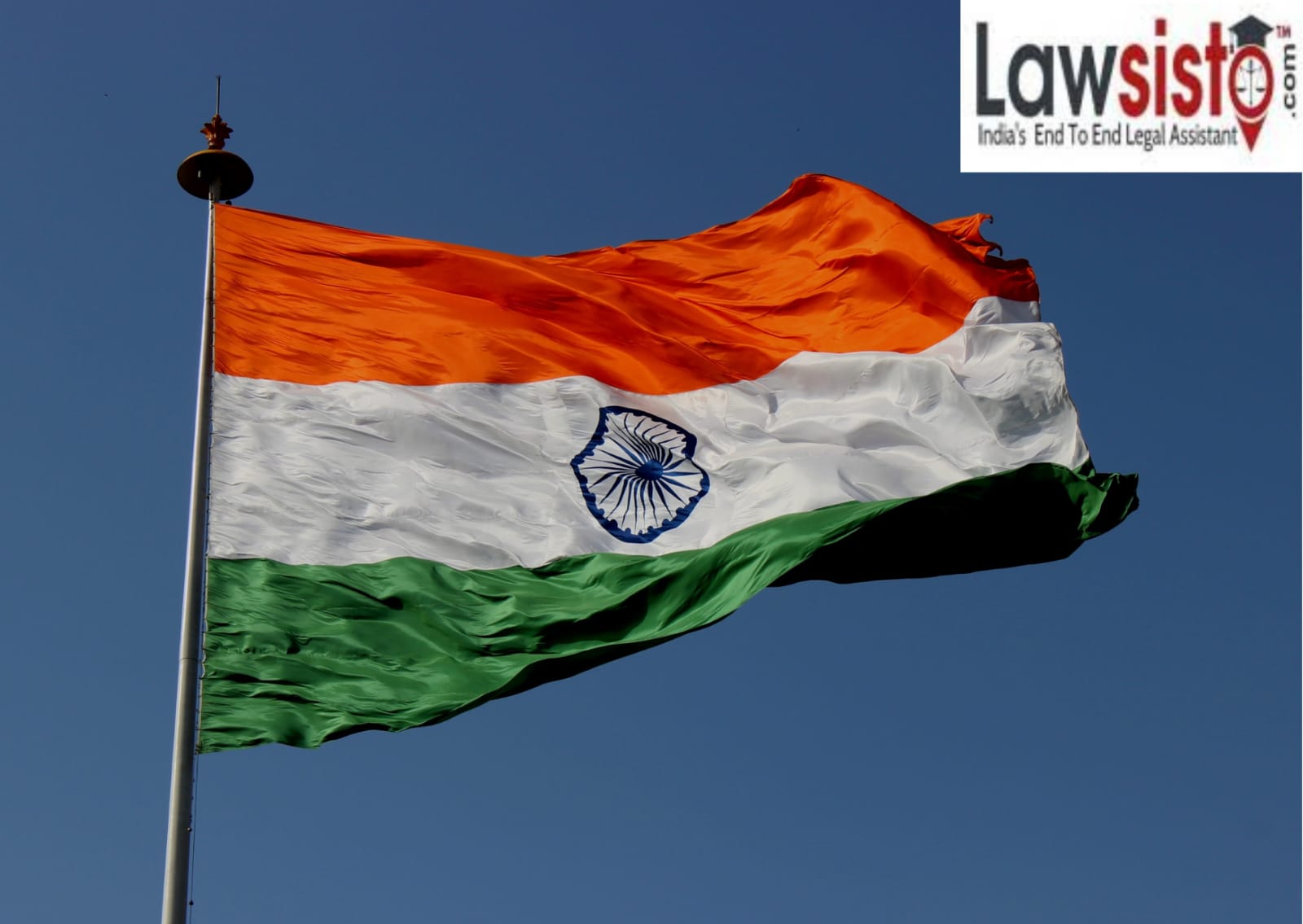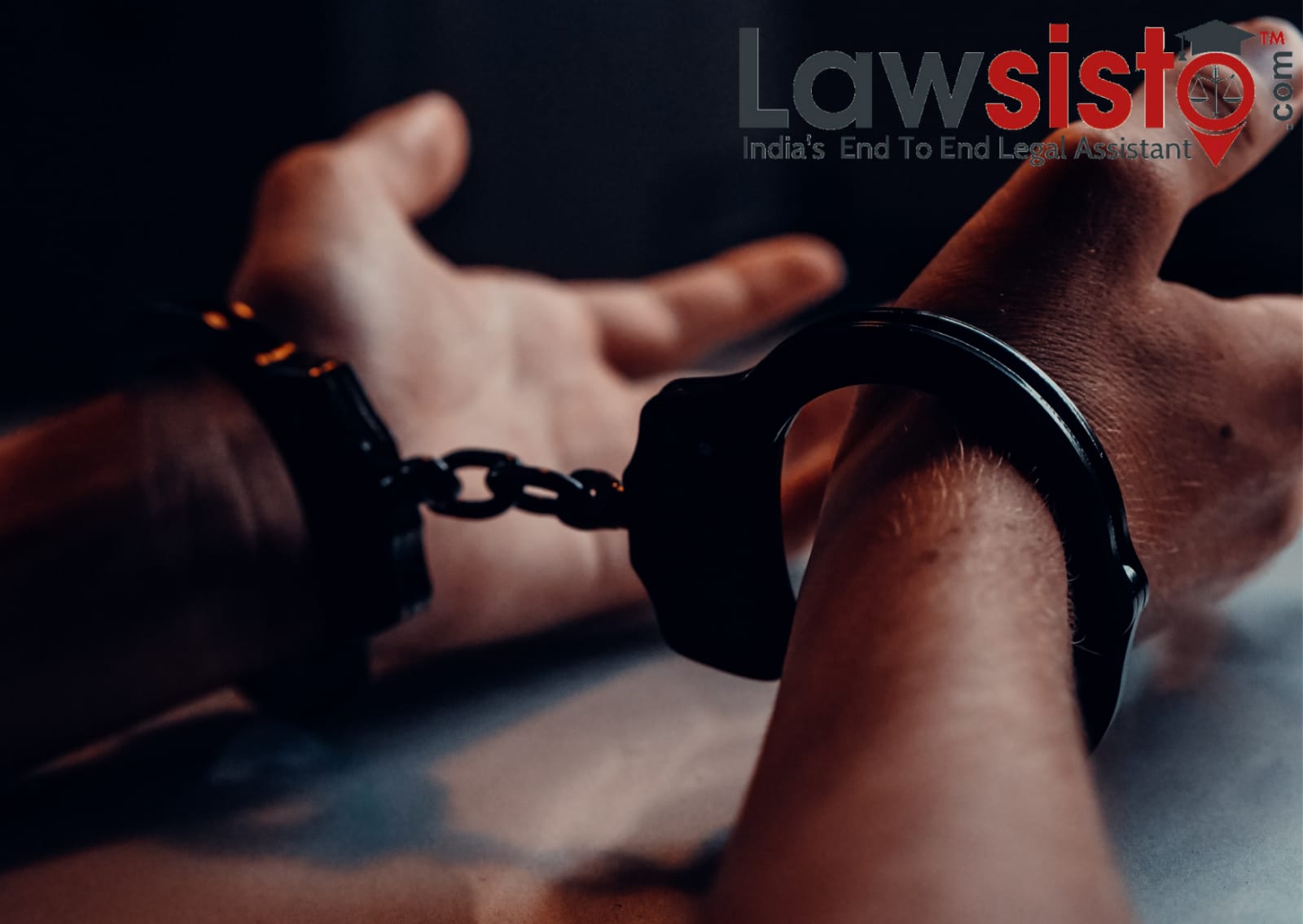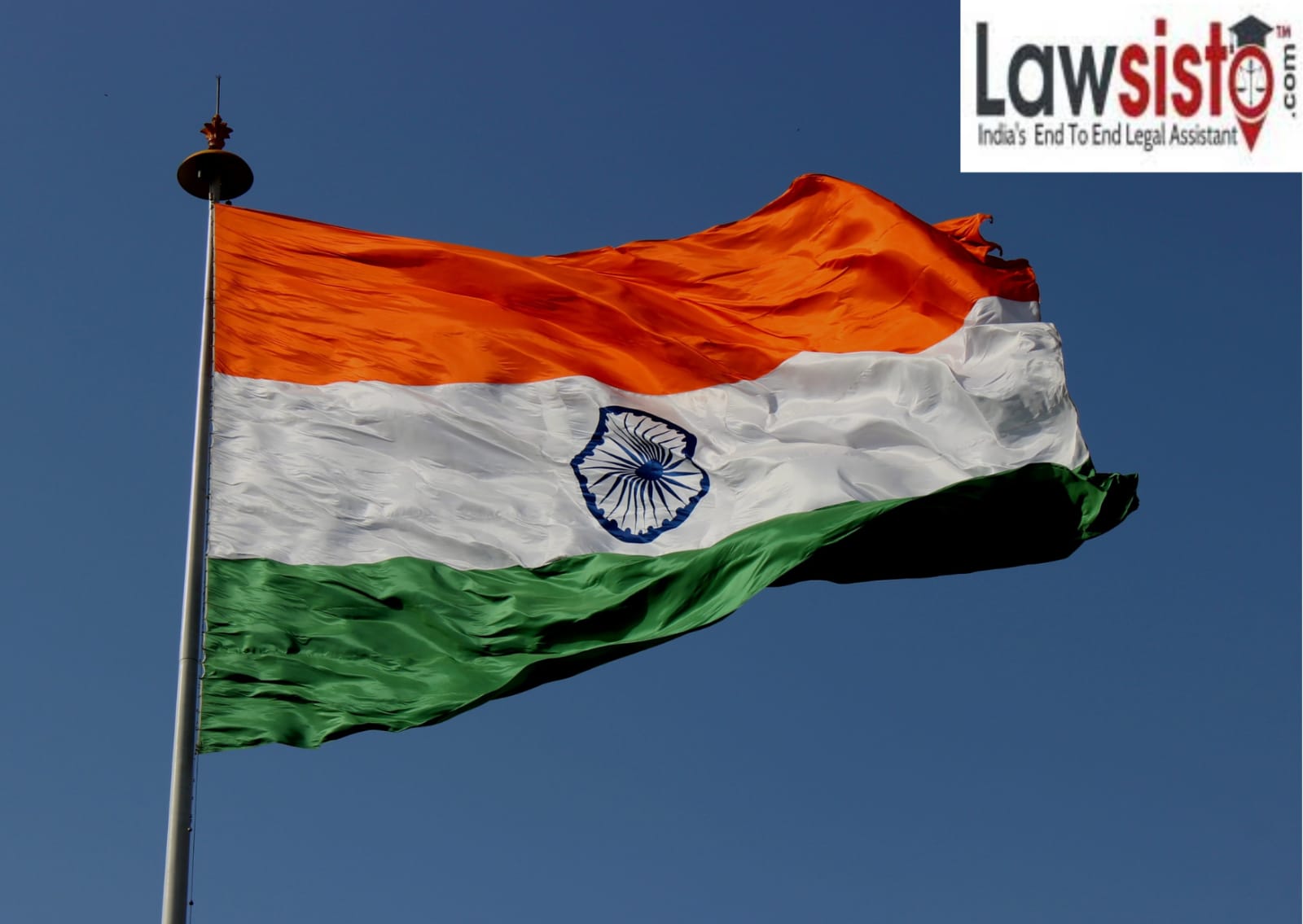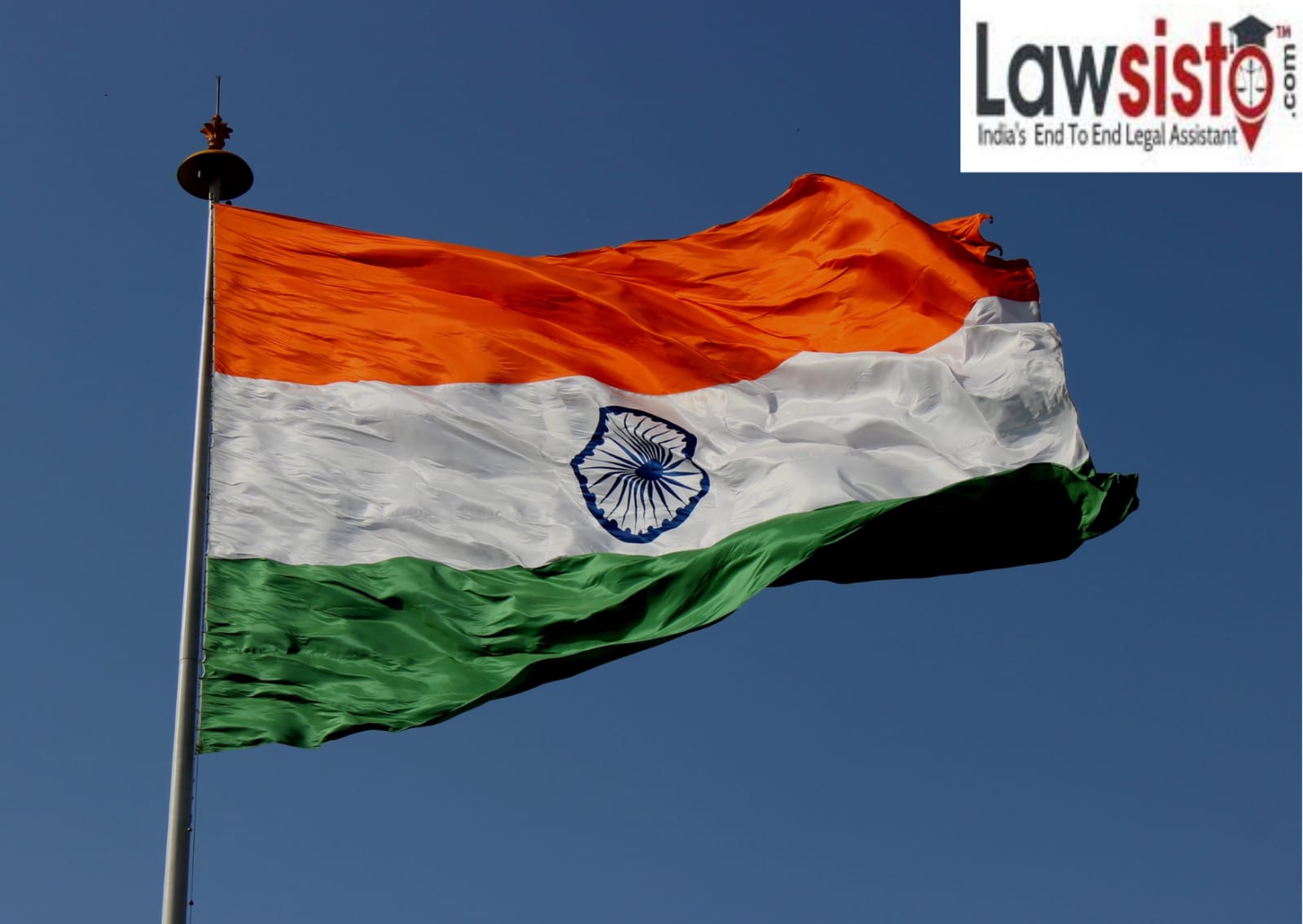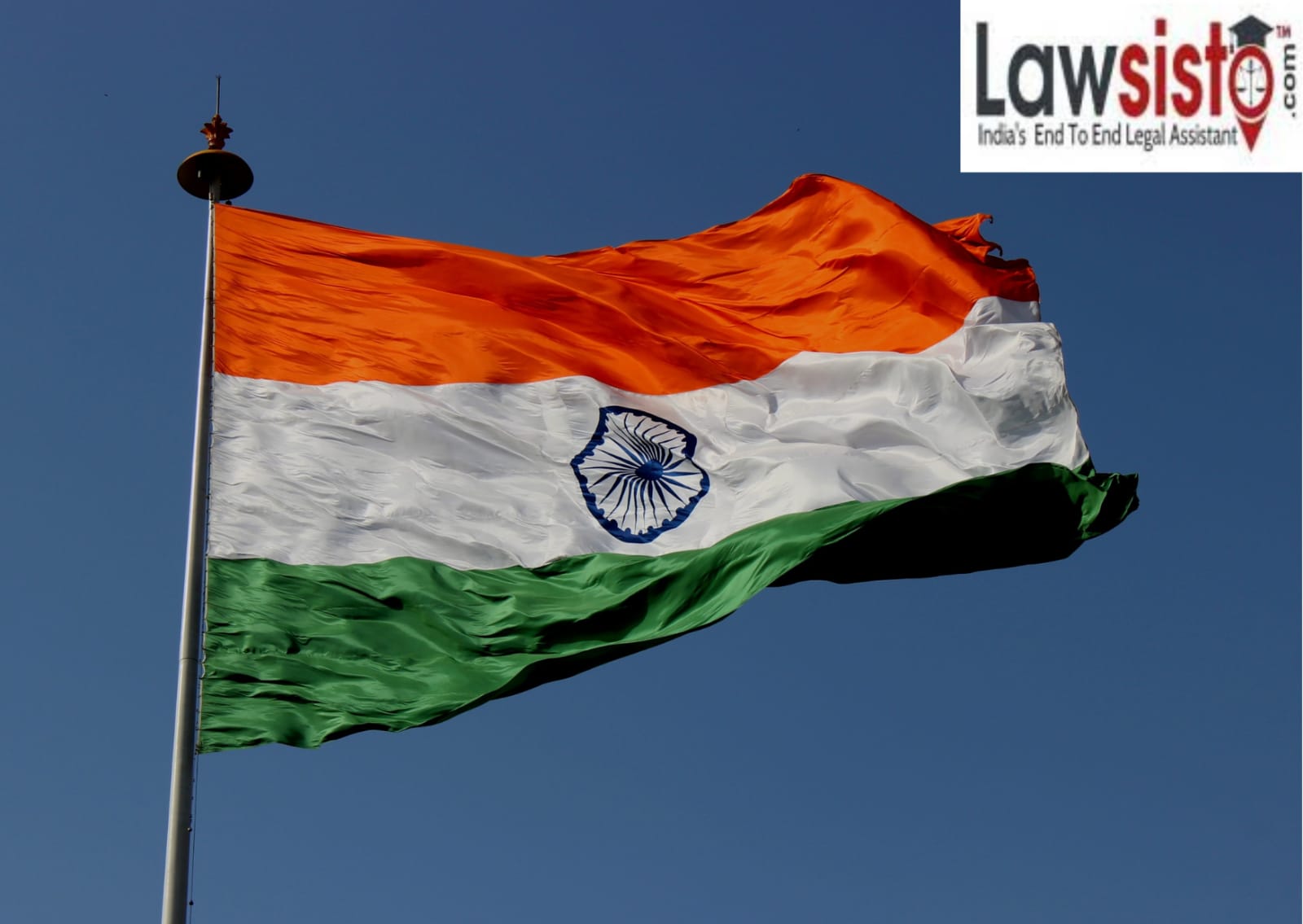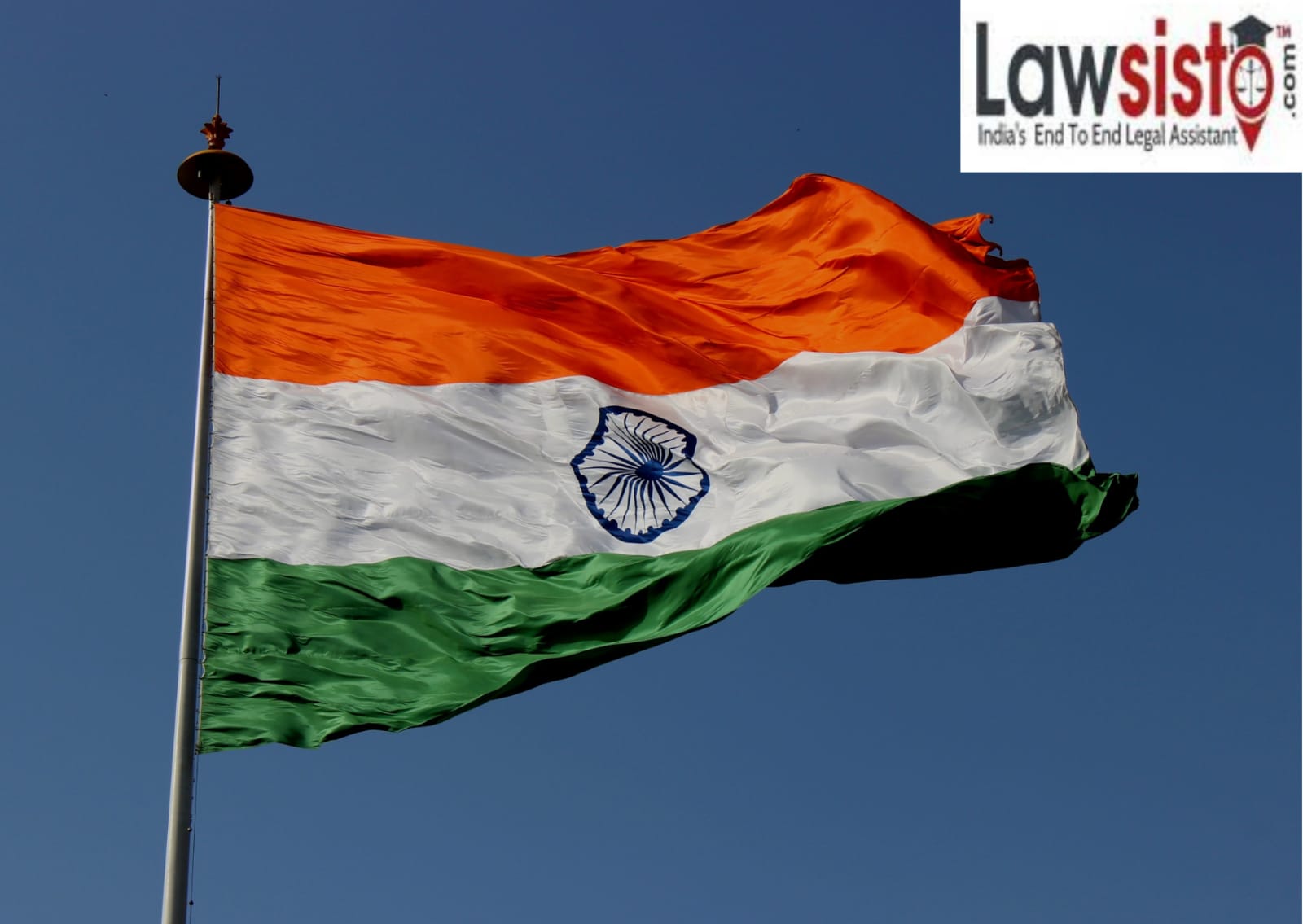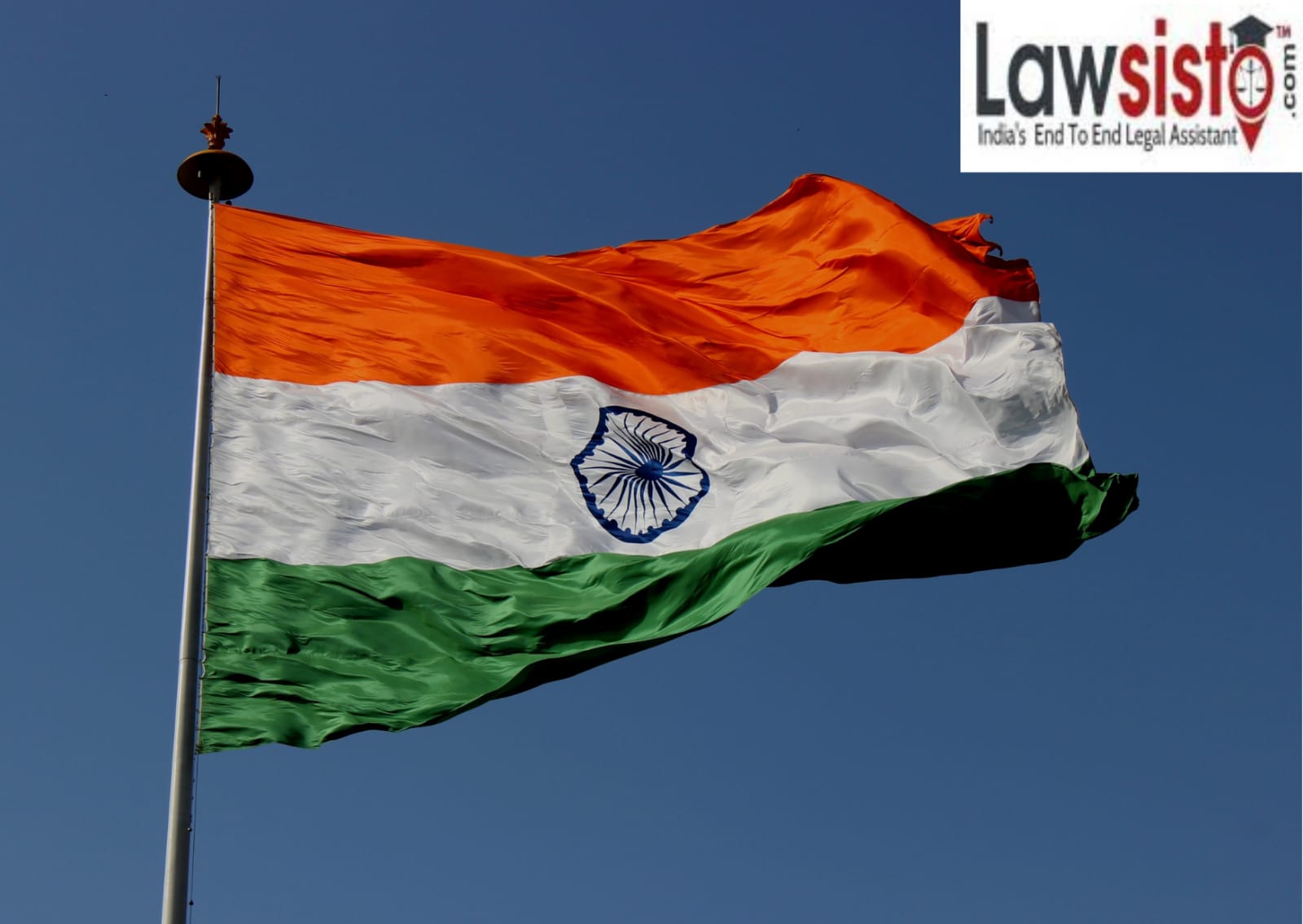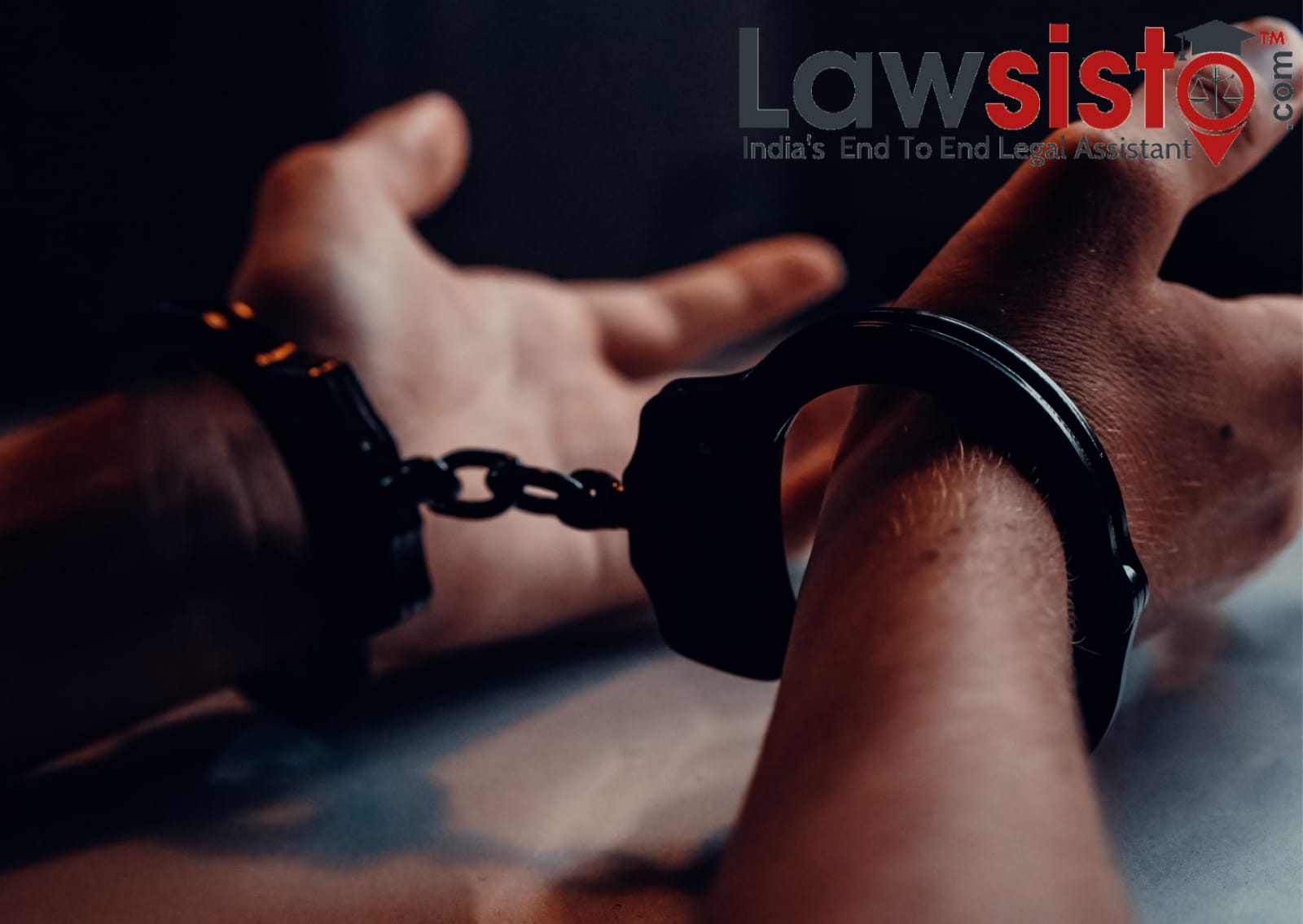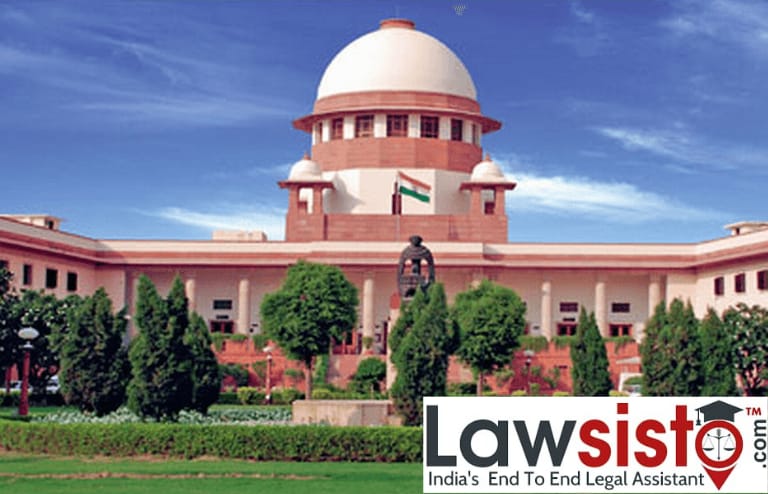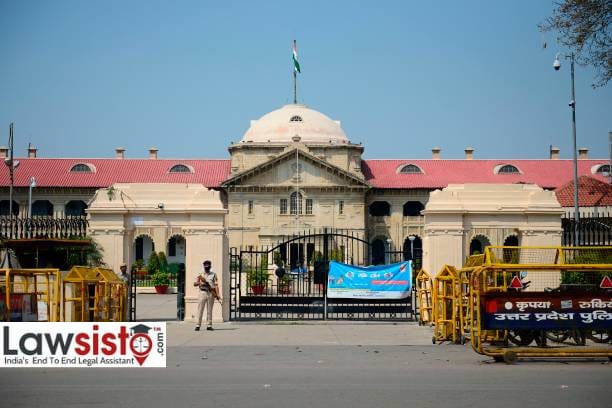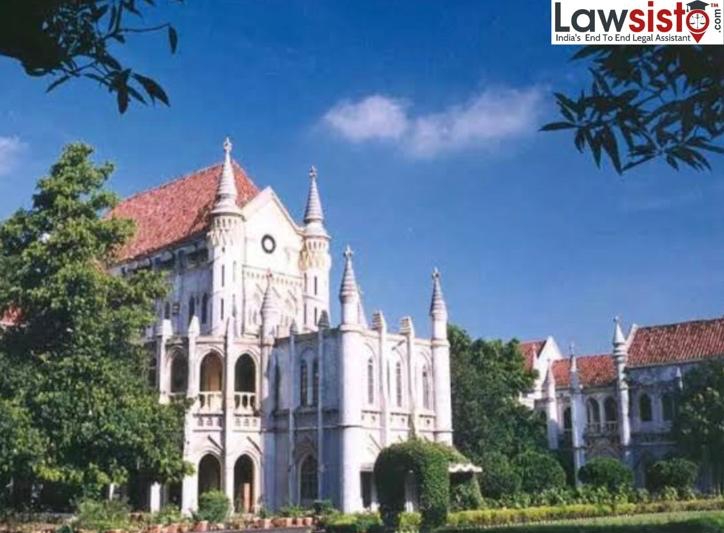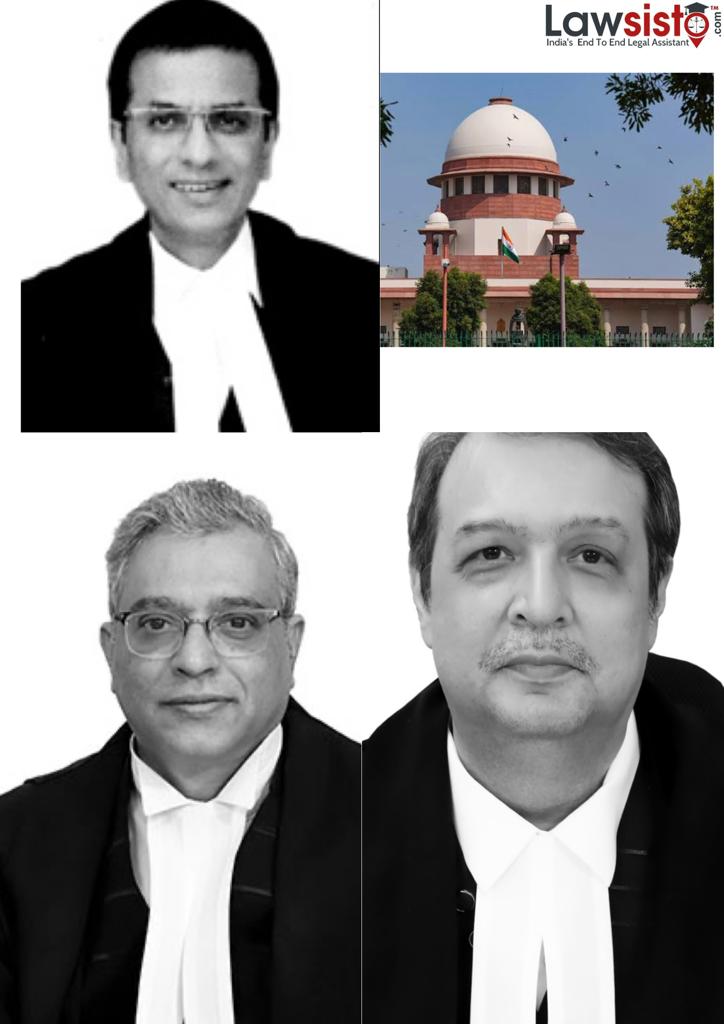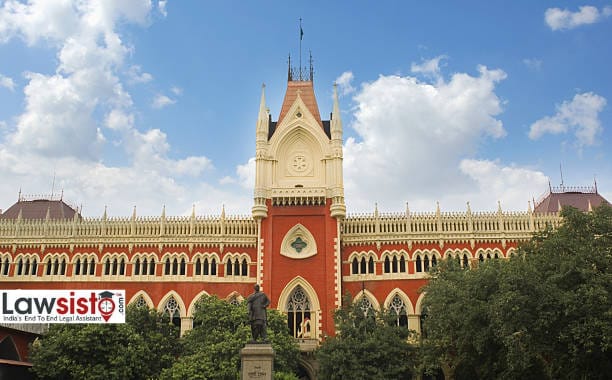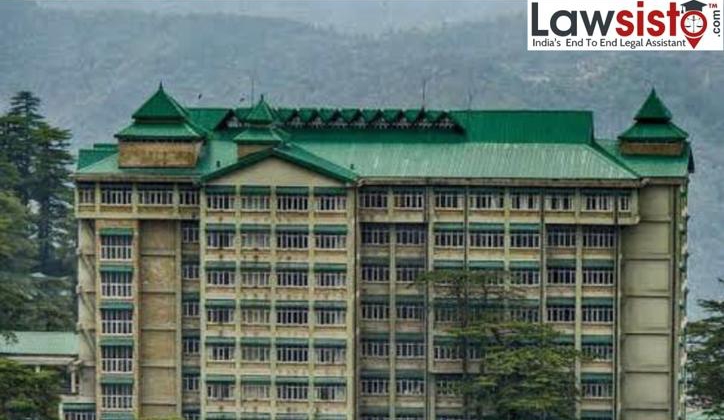Latest News
CRITICAL ANALYSIS OF BAIL PROVISIONS UNDER THE INDIAN LAW

“No person shall be deprived of his life or personal liberty except according to the procedure established by law.”
INTRODUCTION
Recently, the Supreme Court of India granted anticipatory bail to the head of Amazon Prime Video India for the 2021 online series "Tandav" as well as interim bail to Umar Khalid for seven days so that he could attend his sister's wedding. As a result, this subject is constantly brought up in judicial discourse.
Every individual seeks complete freedom to accomplish whatever he or she wants without any constraints. That, however, is not a viable scenario for any civilization to survive properly where every criminal offence is an offence against the state. A convict or undertrial prisoner's liberty is restricted as opposed to the rights guaranteed under the Fundamental Rights (Articles 19 and 21) enshrined in our Indian Constitution. However, when any criminal or undertrial detainee is freed on a ticket of leave, bail, furlough, or parole, this reasonable limitation imposed for the sake of maintaining law, public order, and security is partially eliminated. Even at the time of arrest, the right to be informed of the grounds of arrest and the right to release on bail before trial remains with the person, as authorised by the Constitution of India.
This article addresses one of the most important components of the criminal justice system, namely, bail arrangements under Indian law for the accused, and emphasises the critical need for change.
TYPES OF BAIL APPLICATIONS
A High Court or Sessions Court is authorised to release on bail any person accused of an offence and in custody, according to Section 439(1) of the Cr.P.C. Further, article 136 of the Indian Constitution confers power on the Supreme Court of India to pass bail orders and even special leave petitions to appeal a lower court’s decision. Bail can be granted or denied during the stages of arrest, investigation, inquiry, trial, or appeal following the conviction of the accused. The Cr.P.C. mentions different kinds of bail available in India, such as:
- Bail in a bailable offence (Section 436): Bail can be claimed as a matter of right and is available to anyone except those convicted or accused of crimes punishable by death or life imprisonment in the category of bailable offences listed under Schedule I of the Cr.P.C.
- Bail in a non-bailable offence (Section 437): Here, bail is granted at the discretion of the courts to women and children in offences punishable with death or life imprisonment in the category of non-bailable offences listed under Schedule I of the Cr.P.C. However, even those accused of non-bailable offences may be granted bail if the court believes that the prosecution has failed to establish a prima facie case against them and/or if the court believes that, despite the existence of a prima facie case, such accused should be released on bail based on the facts of the case.
- Anticipatory bail (Section 438): It refers to bail in anticipation of an arrest for protecting the person who apprehends arrest under a non-bailable offence in India. Before granting anticipatory bail, the HC or Sessions Court considers "the nature and gravity of the accusation, the fact that he has previously undergone imprisonment on conviction by a Court in respect of any cognizable offence, the possibility of the applicant fleeing from justice, or whether the accusation has been made to injure or humiliate the applicant by having him so arrested. “In Gurbaksh Singh Sibia v. State of Punjab, the court laid down certain principles regarding the scope and ambit of anticipatory bail, which significantly increased in the post-emergency era.
- Bail by default (Section 167(2)): It provides for bail if the investigation is not completed within the specified term of 60 or 70 days.
- Ad interim bail
- Bail after conviction (Section 389)
ISSUES
"The order granting or refusing bail must reflect a perfect balance between the conflicting interests, namely, the sanctity of individual liberty and the interests of society." –Justice Dalveer Bhandari in S.S. Mhetre vs. the State of Maharashtra (2010)
There is a great deal of inconsistency in the bail decisions granted by the district and high courts, which makes one question the extent of criminal justice in the first place. Furthermore, the lack of a consistent precedent has resulted in the frequently pointless detention of 250,000 individuals while they await trial and has allowed the subjective perspectives of specific judges to become the determining element in bail petition decisions.
The law, under Section 436-A of the Cr.P.C., mandates that a prisoner shall be released on bail on a personal bond if he or she has already undergone half of the total detention period of maximum imprisonment specified for that offence. However, studies reveal that a staggering two-thirds of India’s prison population consists of under-trial prisoners. Because of the long duration of undertrial incarceration, the number of those languishing in jail and pending cases continues to rise at the same time. It has long-term debilitating effects on a person’s health, income, and employability, as well as costs to the family and society at large. Extended detention impedes adequate legal representation, jeopardising the right to a fair trial. It also places a significant financial strain on the state. In general, pre-trial imprisonment violates the right not to be punished before a competent court renders a verdict on guilt.
Money reigns even in bail matters, like every other thing in this country. The rich and powerful get bail with ease as they can provide the bail bonds or solvent sureties, who must own an immovable property in their name. Somewhere or another, the colonial mindset of the police and jail authorities persists, which necessitates detaining individuals and treating their liberty with shocking casualness. Because a person's liberty is at stake in the presumption of innocence before proof of guilt, evaluating circumstantial evidence with extreme caution becomes a priority.
Time and again, the SC has also taken up this issue to revisit the bail law to prevent all the aforementioned issues. Even in the recent Aryan Khan-NDPS case, failure to communicate the bail order to the prison authorities within a specified period forced Aryan Khan to remain in jail for an additional two days, despite having been granted bail earlier. Justice DY Chandrachud termed this technical red tape as a "very serious deficiency" and stressed the need to address it on a "war footing," as it impacts the "human liberty" of every under-trial prisoner.
BAIL REGARDING OTHER ACTS OR STATUTES
Under the Cr.P.C., bail can be granted or refused to an accused by following the "triple test" theory: no flight risk, no influencing witnesses or evidence, and cooperation with authorities. However, the same tests or provisions do not apply to high-profile investigating agencies like the CBI and ED, which often exceed their powers to rely on coercive means while investigating.
Section 18 of the Scheduled Castes and Scheduled Tribes (Prevention of Atrocities) Act, 1989, prohibits anticipatory bail for violations of the Act, as held in Vilas Pandurang Pawar v. State of Maharashtra [2012 CRI L.J. 4520 (SC)]. There is no specific restriction on the granting of bail for offences committed in violation of the POCSO (Prevention of Children from Sexual Offenses) Act, 2012. In contrast, Section 31 of the same law makes the Code of Criminal Procedure's rules, including those regarding bonds and bail, applicable to the proceedings therein. Bail provisions under the Narcotic Drugs and Psychotropic Substances Act, 1985, are more stringent, as no bail can be granted in such cases unless there are reasonable grounds to believe that the accused is not guilty. Bail is granted to a child who is less than 18 years of age under the Juvenile Justice (Care and Protection of Children) Act, 2012, except in cases of heinous offences.
Moreover, serious white-collar crimes like money laundering, bank fraud, etc. have separate laws for the bail procedure since the heinous nature of such crimes necessitates extra safeguards to be put in place. Even today, sealed-cover jurisprudence violative of the statutory provisions is practised in such cases, which denies the accused his share of a fair trial.
JUDICIAL INTERPRETATION
The Criminal Procedure Code merely provides a general description of the bail rules; the majority of the work is handled by the courts themselves. The courts also amend the judicial principles that they have established based on the essential ideals of equality, reason, and transparency. The Supreme Court in 2011 in the Sanjay Chandra v. CBI case defined the objective of bail as neither punitive nor preventative. The grant or refusal of bail lies within the discretion of the court according to the facts and circumstances of each particular case.
In Kalyan Chandra Sarkar v. Rajesh Ranjan (alias Pappu Yadav), the Supreme Court stated that "under Indian criminal laws, a person accused of non-bailable offences is liable to be detained in custody during the pendency of trial unless he is expanded on bail by the law."In the recent case of Aasu vs. Rajasthan, the Supreme Court directed that bail petitions be resolved generally within one week.
In another case, Tarun Aggarwal v. UoI, the SC reversed the impugned order passed by the Allahabad HC to restrict the anticipatory bail of an accused only until the framing of the charge. Justice Gavai observed in the express case that such an order restraining anticipatory bail only until the framing of the charges against the accused should be substantiated with sound reasons derived from the facts and circumstances of each case.
SUGGESTIONS AND WAY FORWARD
"To deprive a man of his natural liberty and to deny him the ordinary amenities of his life is worse than starving the body; it is starvation of the soul, the dweller in the body."- Mahatma Gandhi
There have been several efforts in the past to reform this issue of bail in India. For example, in 1973, the Expert Committee on Legal Aid, chaired by Justice Krishna Iyer, recommended re-thinking the classification of bailable and non-bailable offences in the Cr.P.C. to facilitate the grant of bail in a more significant number of crimes and ensure the completion of pre-trial procedures as quickly as possible. In 2003, the Malimath Committee on Criminal Justice System Reforms advocated for an amendment to Schedule I of the Cr.P.C. based on the nature of the crime, degree of violence, the quantum of punishment and imprisonment, societal impact, and the possibility of using alternative dispute resolution methods.
Certain reforms can be introduced about the standardisation of the bail decision-making process especially in grave offences so that it no longer remains discretionary, like bail schedules which have been implemented in various U.S. states. They charge a specific bail amount for every criminal offence but neglect those who cannot even afford to do so. Moreover, the bail bond business in the U.S. gives a thrust to the agents who pay the bond to secure the freedom of those who cannot furnish bail by charging a non-refundable fee and collateral. Hence, revamping the old discretionary power and developing a new bail protocol will enable the removal of the wide geographical variations in bail orders passed by the lower criminal courts and ensure that bail is granted in at least bailable offences. Apart from such procedural reforms, even the legislature can reconsider the existing bail provisions by amending the existing law and putting checks and balances to avoid unnecessary detention or excessive bail to protect an individual’s liberty.
Proper training and capacity-building programmes for legal aid lawyers can effectively impact bail outcomes. This would ensure that every person who is produced in court is represented by a lawyer who can effectively represent him or her by filing a bail application promptly.
A shift from a pure money-based bail system is encouraged to protect the poor defendants who generally do not pose to be a greater risk to society. Pre-trial services can be institutionalised which monitor the accused persons released on an unsecured bond by giving them regular reminders of court hearing dates, providing mental health services or ensuring their presence during the trial. Moreover, passports can be surrendered, frequent reporting to the concerned authority or an electronic tagging system can be adopted more robustly to mitigate the absconding of such accused.
The 268th Report of the Law Commission of India, released in 2017, highlighted the urgent reforms that needed to be implemented regarding the bail law in India. The commission was headed by former SC judge B.S. Chauhan, who recommended reforming the monetary bail system for all those awaiting trial, especially those from marginalised socio-economic backgrounds. This report paved the way for bail law reforms in India as it cautioned the police authorities against unnecessary arrests and the magistrates against biased bail decisions based on gender, race, ethnicity, financial conditions, or social status. Through its doctrinal research on the Supreme Court’s decisions and the prevailing Indian law on bail, the Commission recommended that personal monetary bonds or sureties should be the last resort after assessing the socio-economic plight of the accused.
However, this does not imply that there should not be strict scrutiny in cases of grievous offences as well. In case of the aforementioned special laws, bail should be accorded keeping in mind the relevant provisions, the gravity of the case and exceptional circumstances. In case of tax evasion or bank fraud, restricted bail should be granted with strict compliance of Cr.P.C. Lastly, the prosecution may even submit a Victim Impact Assessment Report and Risk Assessment Report to bring forth the physical, mental, the social impact of crime and impact of such release in heinous offences.
CONCLUSION
The overcrowded jails and pending bails, which are even rejected on petty grounds, clearly show that bail laws still have a long way to go. Hence, one of the primary responsibilities of those administering criminal justice must be to ensure that bail practises are "fair and evidence-based." However, this duty should not be imposed solely on the judiciary to address the fundamental flaw and ground-level operational realities. The executive and the legislature must also work closely with the judiciary to tackle this problem urgently.
REFERENCES
JOURNALS
- Hans Kumar, A Critical study of bail trends in India, Palarch’s Journal of Archaeology of Egypt/Egyptology 17(7), ISSN 1567-214x.
- Vrinda Bhandari, Inconsistent and Unclear: The Supreme Court of India on Bail, 6 NUJS L. REV. 549 (2013).
ONLINE SOURCES
- https://clpr.org.in/wp-content/uploads/2020/03/BailReport_AW_Web_Final.pdf
- https://www.iilsindia.com/study-material/320679_1601207180.pdf
- http://hdl.handle.net/10603/236039
- https://districts.ecourts.gov.in/sites/default/files/6-Bail%20Anticipatory%20Bails%20-%20Sri%20M%20Sreenu.pdf
- https://www.livelaw.in/top-stories/supreme-court-anticipatory-bail-restriction-reasons-tarun-aggarwal-vs-union-of-india-2022-livelaw-sc-885-212753
- https://clpr.org.in/wp-content/uploads/2020/03/BailReport_AW_Web_Final.pdf
- https://bnwjournal.com/2020/11/27/the-268th-law-commission-report/
- https://conventuslaw.com/report/india-decoding-the-law-on-anticipatory-bail/
- https://www.aironline.in/legal-articles/Law%20Commission%20Report%20on%20Bail%20Reform

